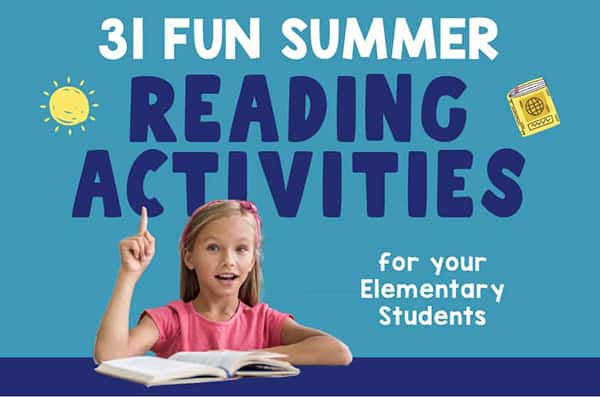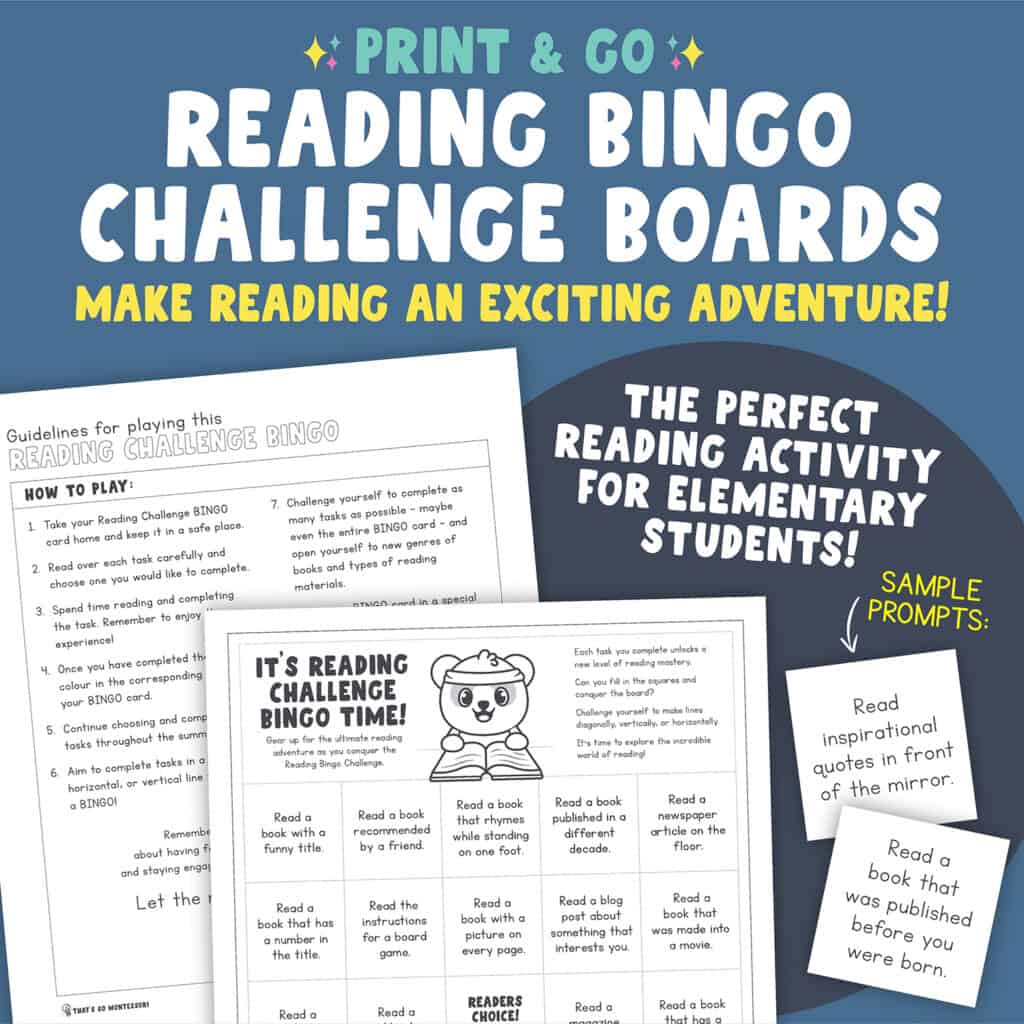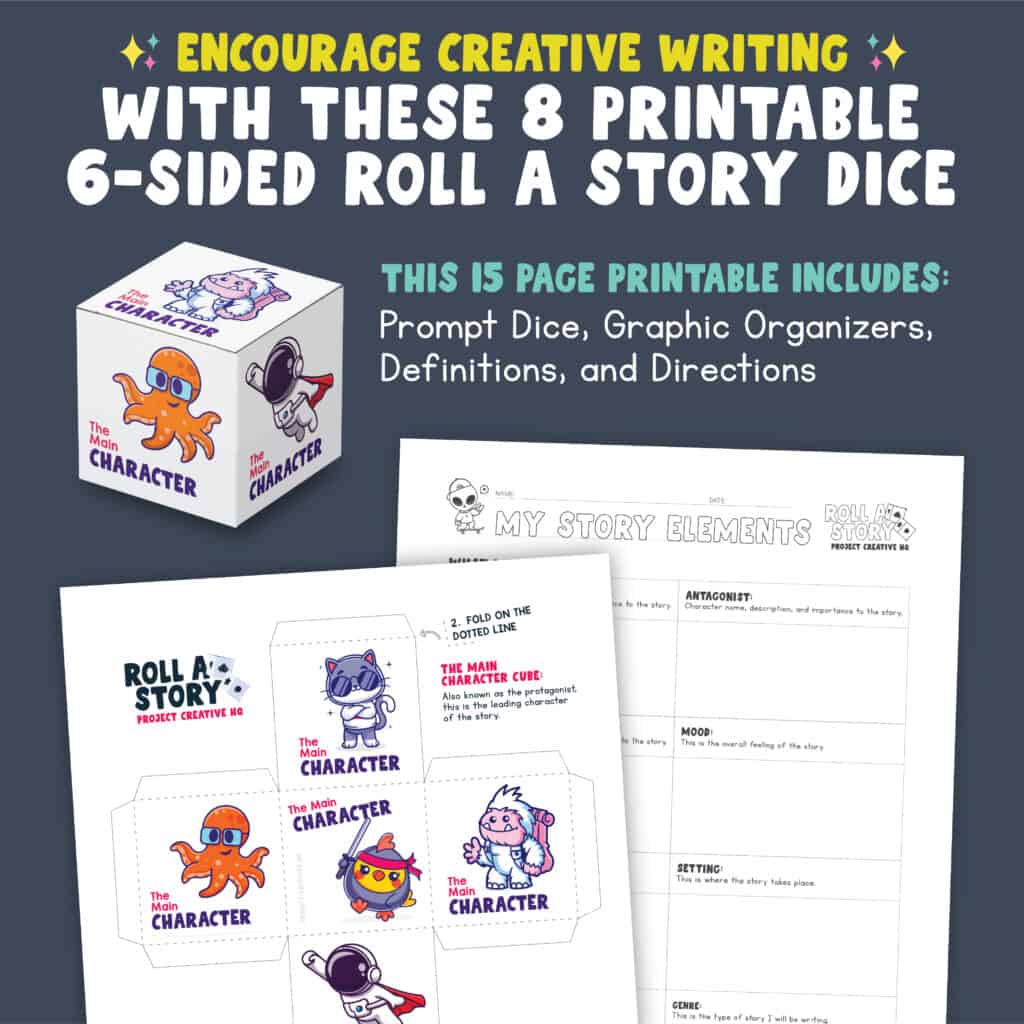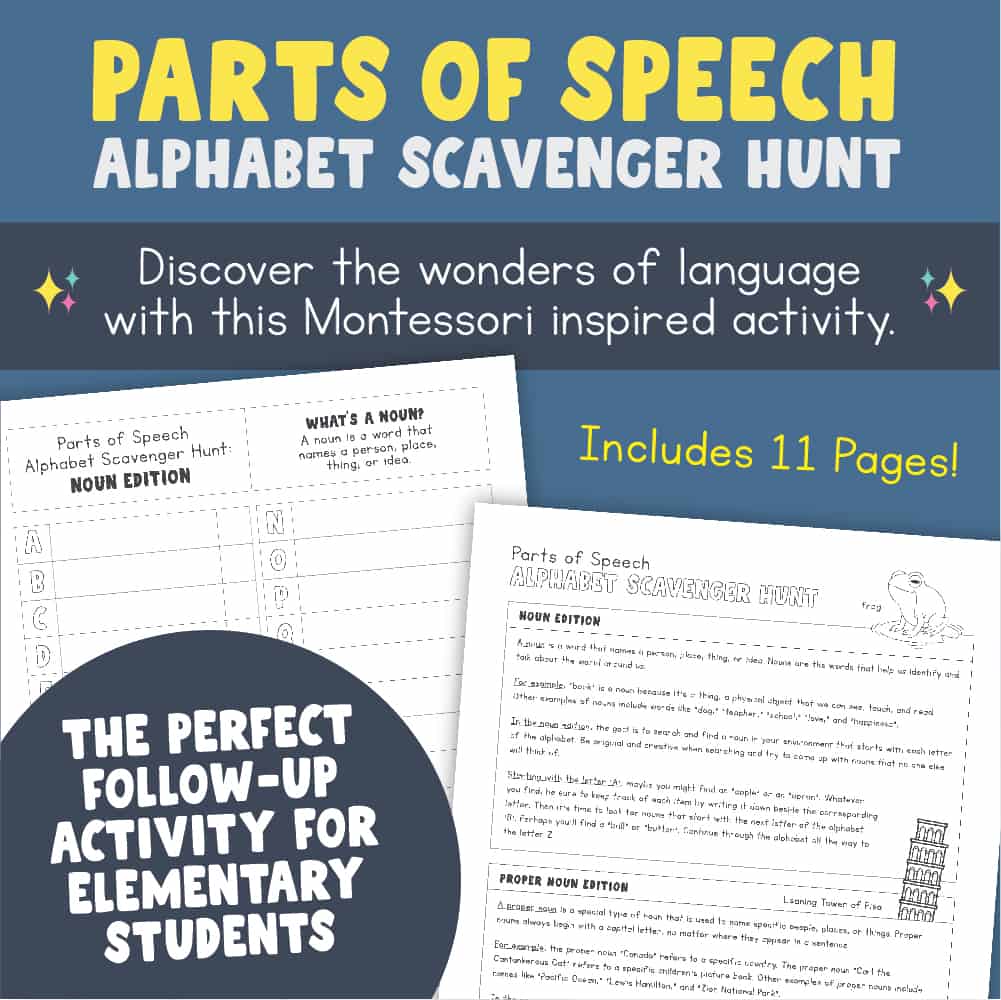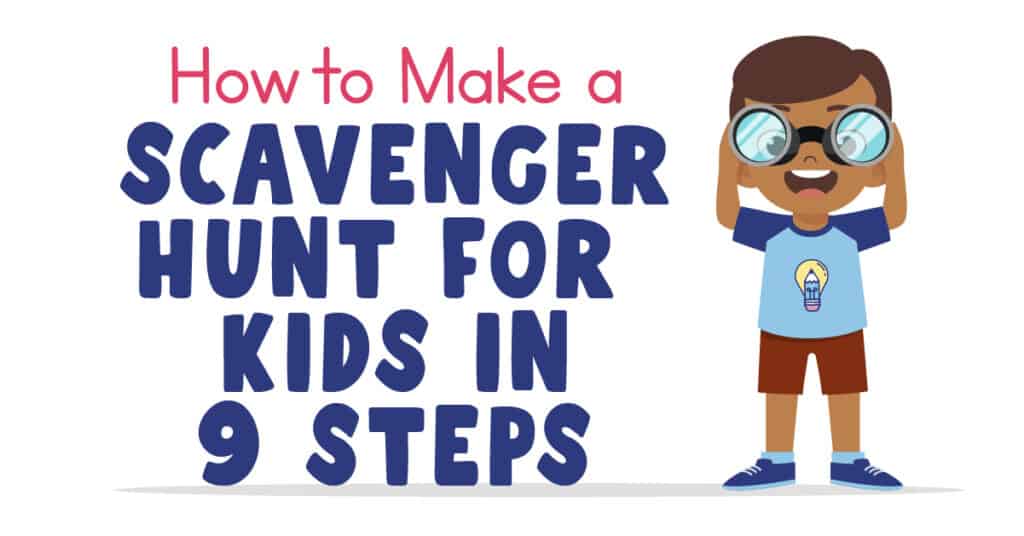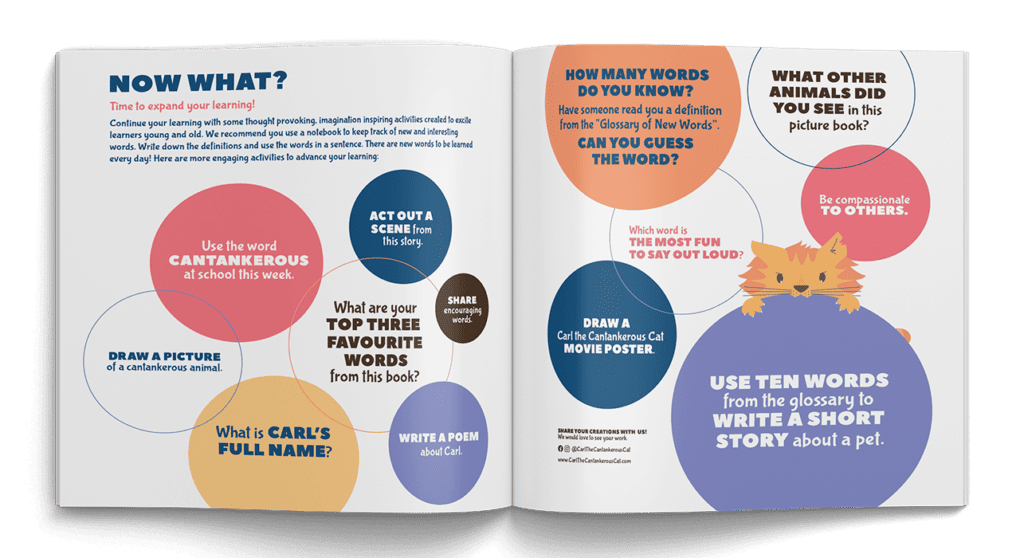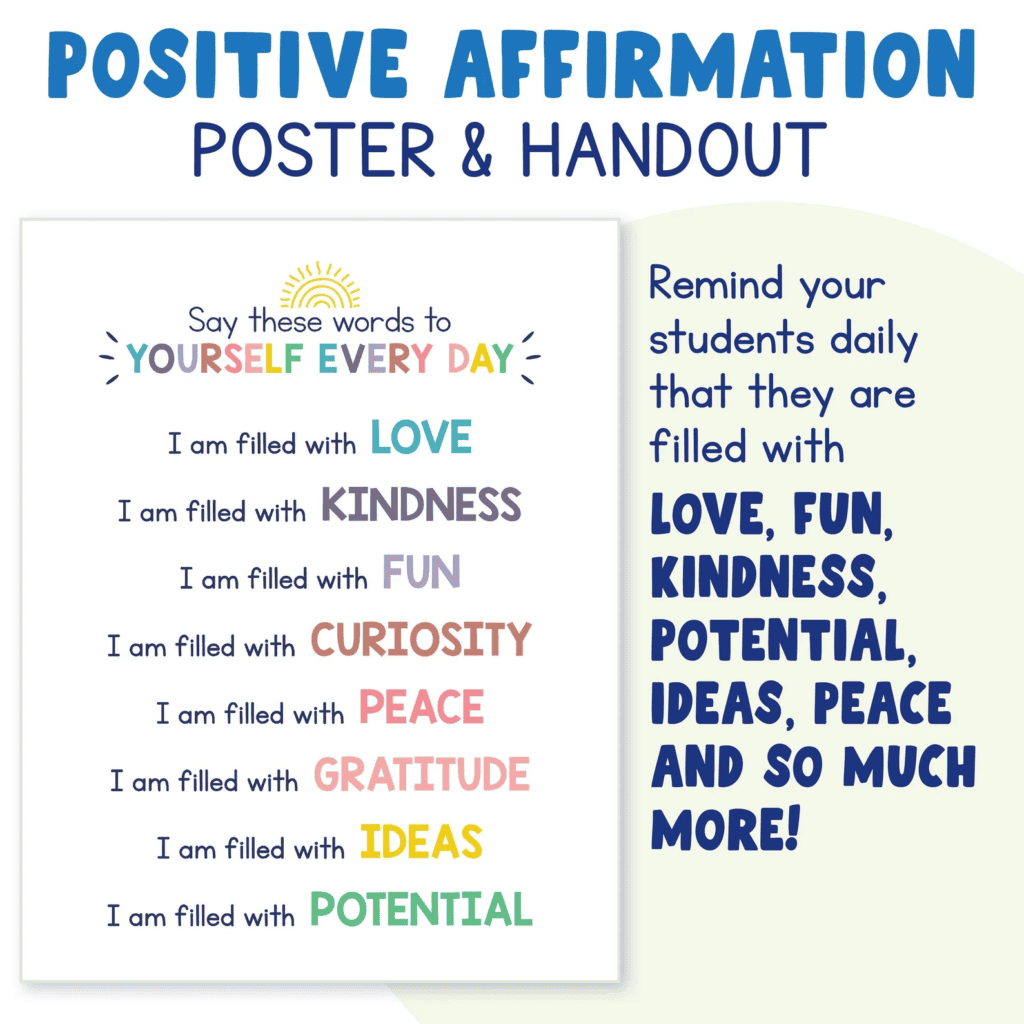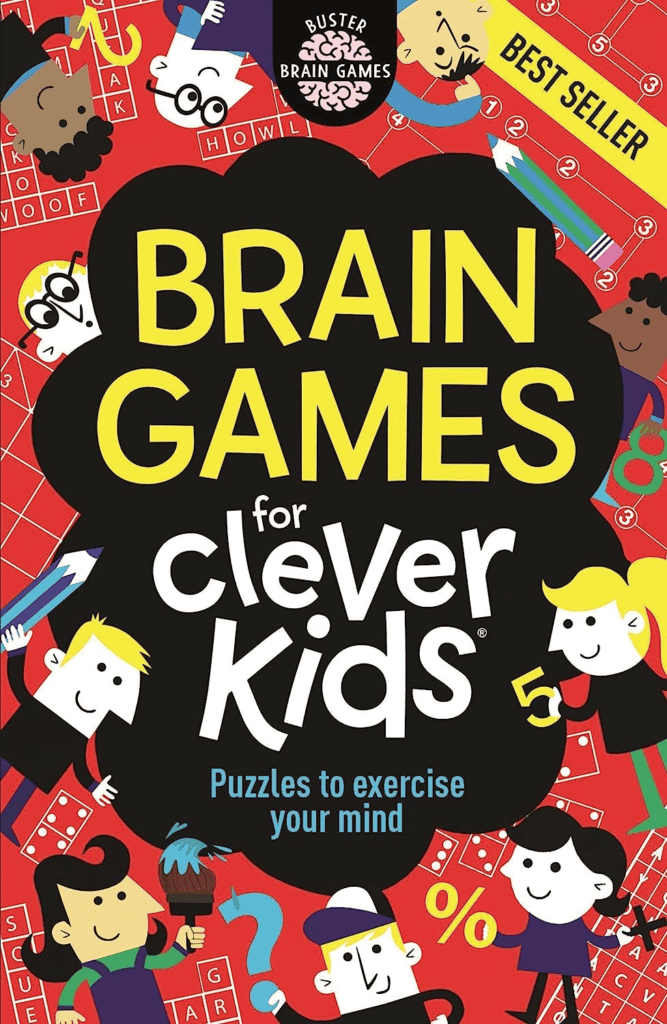31 Summer Reading Activities for Your Elementary Students (+ Free Download)
As a Montessori teacher, I know the importance of finding fun and educational summer reading activities elementary students will love.
Here’s a secret that’s made summers with my students awesome – reading activities that aren’t just educational but also tons of fun!
We’ve put together a collection of 31 summer reading activities for elementary students that are sure to capture their imaginations and interests.
Whether you’re a parent looking to reap the benefits of games to keep kids engaged in learning or an educator in search of unique ideas to avoid the summer brain drain, this resource will be your go-to for fun activities!

✅ Teacher Tip: Save This Valuable List for Later!
Be sure to bookmark this resource for quick reference.
Save it to Pinterest or bookmark the page to access whenever you need it.
31 Summer Reading Activities for Elementary Students
Discover our collection of exciting activities designed to make reading an exciting experience for elementary students in the second plane of development. Adding just one of these activities to your summer schedule can keep kids engaged and excited about learning during their break.
1. A to Z Reading Scavenger Hunt
The A to Z Reading Scavenger Hunt is a fun summer reading activity for elementary students that encourages them to find and learn about all sorts of reading material.
All that’s needed to play is a list with all of the letters of the alphabet, something to write with, and a variety of things to read.
Get your FREE alphabet scavenger hunt now!
Ideal for elementary-aged kids, this engaging reading activity combines learning and fun.
To get our A to Z Reading Scavenger Hunt printable for free, all you have to do is join our insightful bimonthly newsletter. You’ll enjoy both!
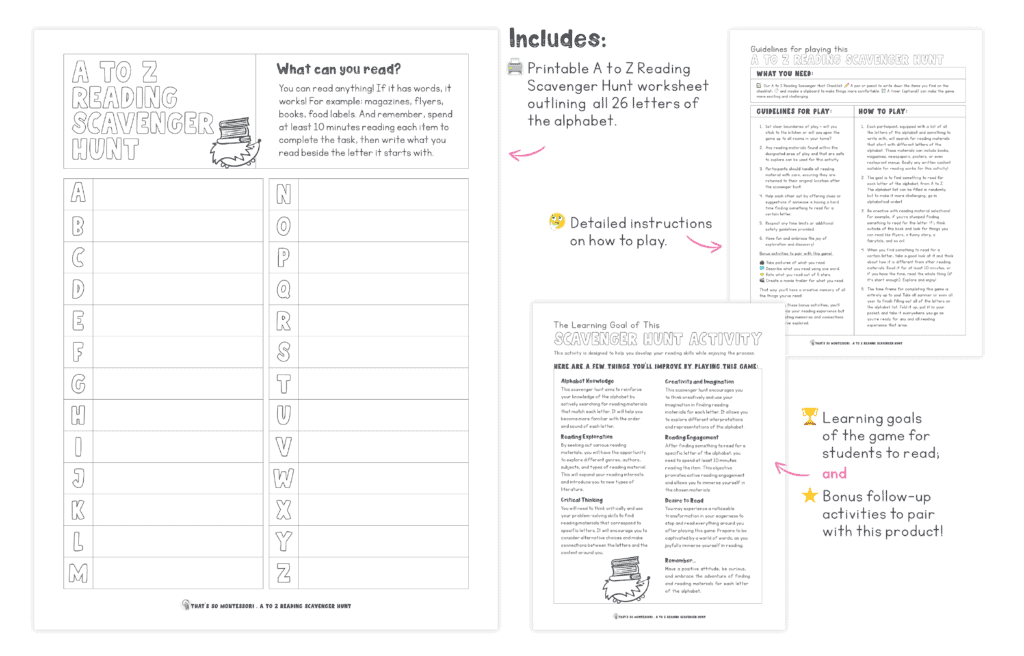
In this activity, students explore different types of reading by finding something to read for each letter of the alphabet. Examples of reading material include articles, brochures, cookbooks, dictionaries, e-books, food labels. You see how it goes.
It’s a fantastic way to introduce children to various reading practices, such as reading signs, labels, and instructions around their homes and neighborhoods.
Promoting a flexible timeframe, this activity is best enjoyed over the course of a month or more rather than completed in one sitting. Kids are encouraged to take their alphabet worksheet with them everywhere, jotting down any reading opportunities that come their way.
🧐 Are you thinking, “This sounds like a very ambitious task for elementary students.” or “Who has that much reading material laying around?”
Then, you might want to get them reading outside the box, or should I say reading outside of the book!
Here’s a sample A to Z list of reading examples:
A – Adventure novel
B – Biography
C – Comic book
D – Dictionary
E – Encyclopedia
F – Food labels
G – Graphic novel
H – History book
I – Instruction manual
J – Joke book
K – Kids’ picture book
L – Love You Forever
M – Magazine
N – Newspaper
O – Oliver Twist
P – Poetry
Q – Question-and-answer book
R – Reference book
S – Science experiment
T – Travel book
U – User manual
V – Volcanoes book
W – World atlas
X – X-Men comic
Y – Yertle the Turtle
Z – Zombie fiction
It’s not as challenging as it seems! Some answers describe the genre, type, or style of a book, while others provide the actual title. Players are encouraged to explore their vocabulary within the alphabet’s framework, justifying their choices, which may include creative and obscure answers.
The goal isn’t to fill every letter but to immerse themselves in diverse reading materials, fostering a love for the process of discovery.
This activity not only hones reading skills but also introduces new words and ideas, emphasizing that reading can take many forms.
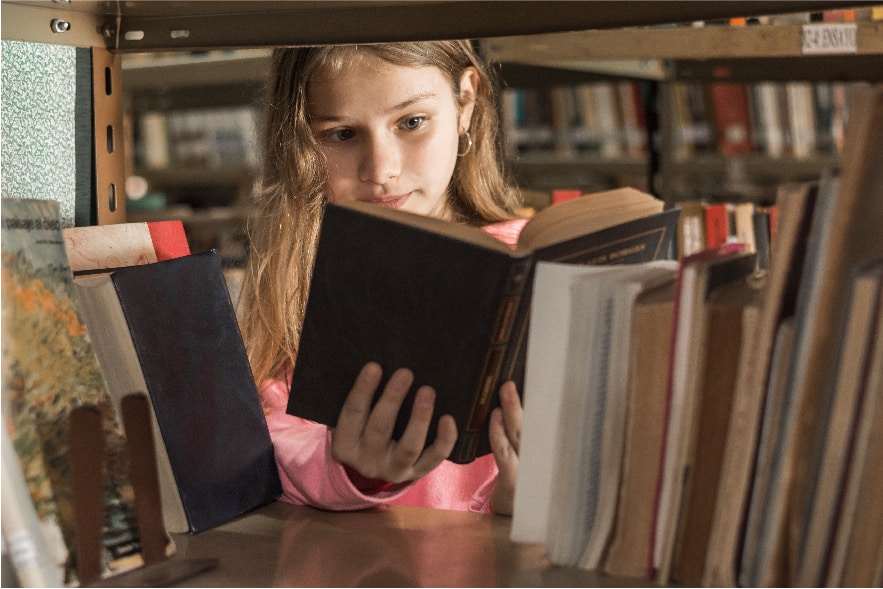
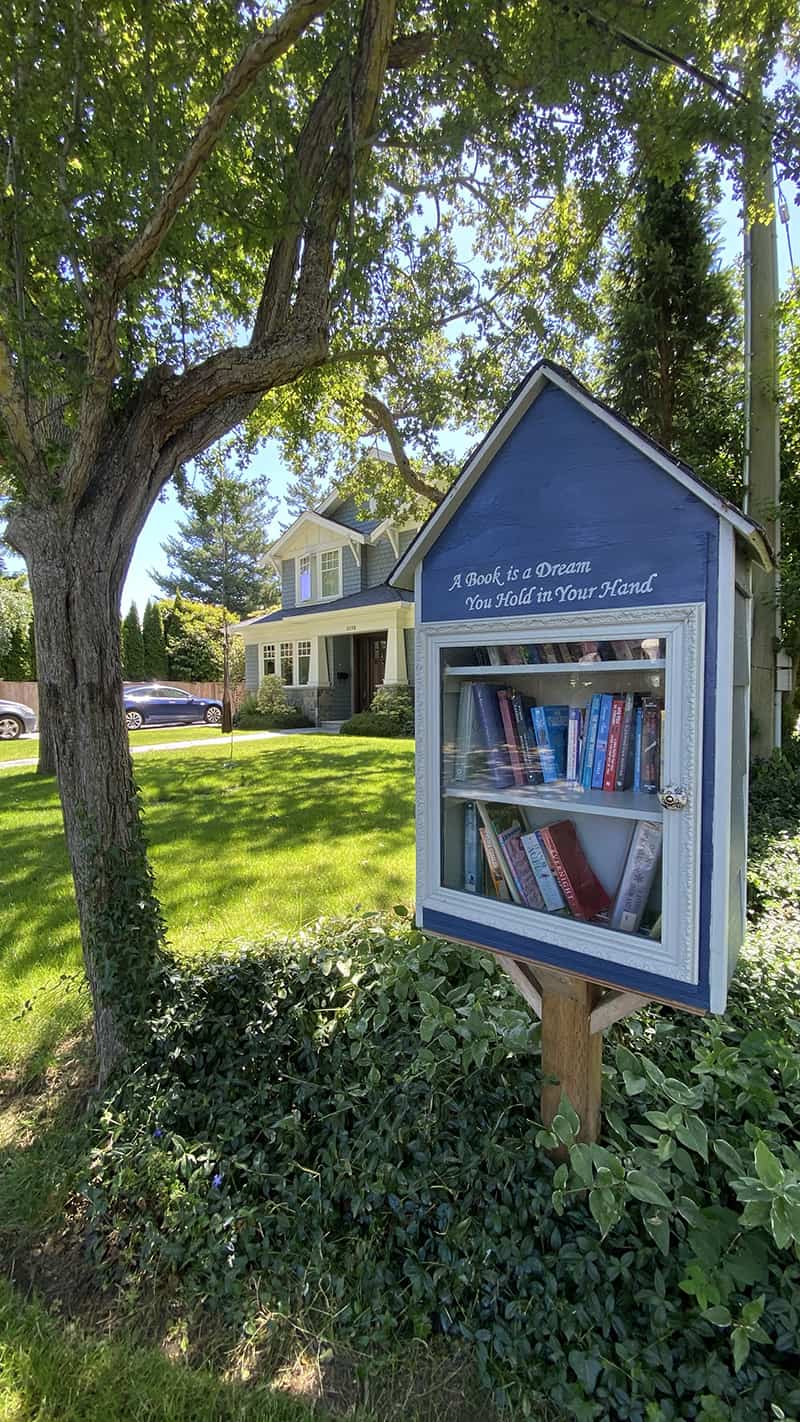
Teacher Tip: Take this game to the library!
Going to the library and playing this game is even more fun because there is likely something there for every letter in the alphabet!
Bonus Teacher Tip: Find a local Little Free Library. near you!
Explore local Little Free Libraries, those charming book boxes outside homes.
They’re a nonprofit organization looking to make more books accessible and they have created a World Map of their locations. 📚🏠🌳
These libraries also offer a great opportunity to donate old books and share with the community. It’s a wonderful learning experience in disguise!
2. Family Book Club
Create an interactive family book club to inspire elementary students to read, understand, and foster discussion and critical thinking skills within the family.
Choose a book that everyone can read with assistance or independently, and schedule a weekly meeting to read together, discuss the story, share insights, and ask questions as a family.
The family book club encourages participation and teaches valuable skills like responsibility, time management, and collaboration. It’s also a chance for adults to demonstrate good reading habits and nurture a love of reading in children.
Engaging in this activity allows families to bond over a shared experience, learn from each other’s perspectives, and gain a deeper understanding of the book.
📚 Start a family book club now!
Read how in our blog Your Guide to Starting a Family Book Club Now
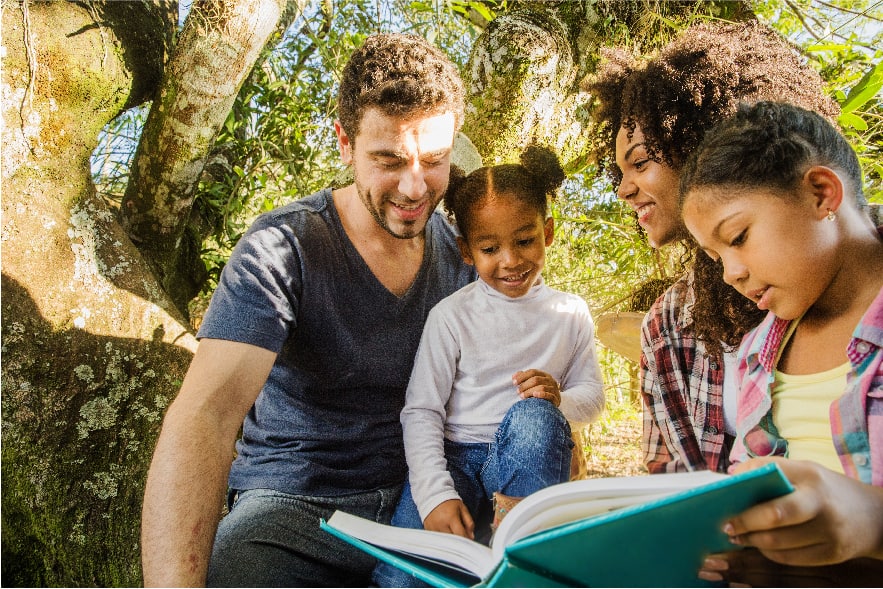
Remember, the main goal is to foster a love for reading and create meaningful family bonding experiences.
💡BONUS IDEA: Expand your club!
If you’re looking for something other than a family book club, have your kids bring their friends into the fun, or invite the grandparents and start a family and friends book club.
3. Virtual Book Club
For the elementary student who loves to read and is looking to connect with other book lovers their age, a virtual book club might be your best bet.

Similar to a family book club, participants read the same book but the discussion takes place online via video chat, allowing kids to connect with other children their own age, from different places around the world, and all in the comfort of their own homes.
Virtual book clubs not only motivate participants to read and understand a book, but they also promote social skills and the ability to share opinions and ideas with others.
This summer reading activity for elementary children is perfect for those who may not have access to or be interested in an in-person book club, or who prefer the flexibility of participating from home.
🧑🏼💻 Teacher Tip: Check out Outschool for great virtual book clubs!
Outschool, an online platform filled with classes for kids aged 3-18, is a great place to find Online Book Clubs for Kids.
💸 USE OUR LINK for $20 USD FREE CREDIT with OutSchool! 💸

💡BONUS IDEA: Create your own virtual book club!
Consider organizing your own virtual club. This could be with friends or family that don’t live close enough to connect with in person but want a way to stay connected and with purpose.
This is also the perfect summer reading activity for kids to do with their grandparents and is super beneficial for both parties.
4. Read in 100 Places
The Read in 100 Places challenge is a popular summer reading activity for elementary students recommended by teachers and parents.
The goal is simple: encourage kids to read in various places, expanding their reading horizons and exploring new spots with a good book.
The challenge? Read in 100 different places over the summer, from park benches and library nooks to cars or even under a table, and make reading a fun adventure.
Discover 100 Places to Read with Our Exciting Checklist!
Take their summer reading to new heights with this vocabulary development activity, where kids explore fascinating and unique places to read.
Your kids will love our 100 Places to Read Checklist reading activity!
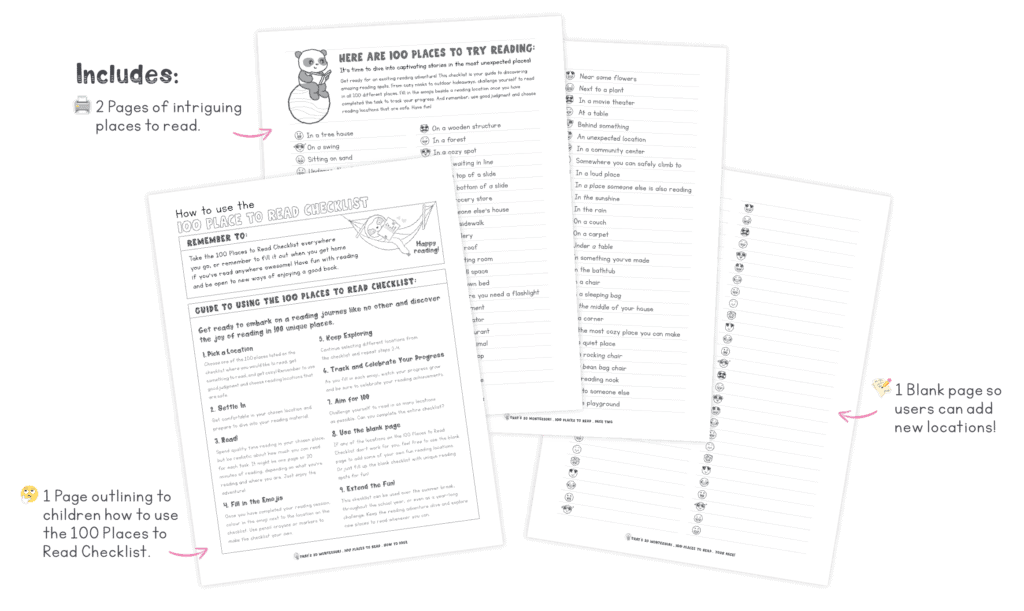
Our list of 100 captivating reading locations helps elementary-aged learners prevent summer learning loss and fosters a love for reading.
This activity is a favourite among elementary students I’ve worked with and tops their list of summer reading activities. It’s also a great way to throw in some moments of learning in disguise during the summer break.
💡 Teacher Tip: Get kids to carry a book everywhere they go!
Encourage elementary students to tote their favourite books wherever they wander.
And here’s why:
Encouraging kids to always have a book with them helps them enjoy reading more and learn new things as they go about their day.
5. Reading BINGO
Reading BINGO is a great summer reading activity for elementary learners because of its ability to promote a love for reading through a wide range of reading material.
By participating in Reading BINGO, students are motivated to explore different genres, authors, and topics, expanding their reading horizons and exposing them to new ideas and perspectives.
This activity prompts children to read a variety of books in various ways, such as by reading outside, reading a book recommended by a friend, or reading a book published in a different decade.
Not only does this add variety to their reading list but it also encourages them to step out of their comfort zone and discover reading materials that they may not have chosen otherwise.
🎯 Take a look at our Reading BINGO cards!
Our engaging Reading BINGO activity pages are specially crafted to captivate young elementary minds. It’s filled with fun prompts to keep young readers entertained!
Ideal for tracking summer reading progress at home, our reading BINGO cards are simple for kids to use. With squares covering various reading materials like different book genres, song lyrics, and game instructions, they make reading fun and diverse.
Don’t let the summer brain drain dampen your kids’ reading skills. Get your hands on our Reading BINGO activity now and watch as your elementary experience learning in disguise!
The goal of Reading BINGO is to complete a line of reading tasks on the card before summer ends. Kids can challenge themselves to fill the entire card too!
They pick tasks and colour or cross out squares when done, boosting reading skills, confidence, and pride. This fun summer reading activity motivates kids to explore different genres, making reading enjoyable and encouraging independent learning.
6. Bookshelf Scavenger Hunt
Encourage your elementary-aged kids to explore and learn while reading with a bookshelf scavenger hunt!
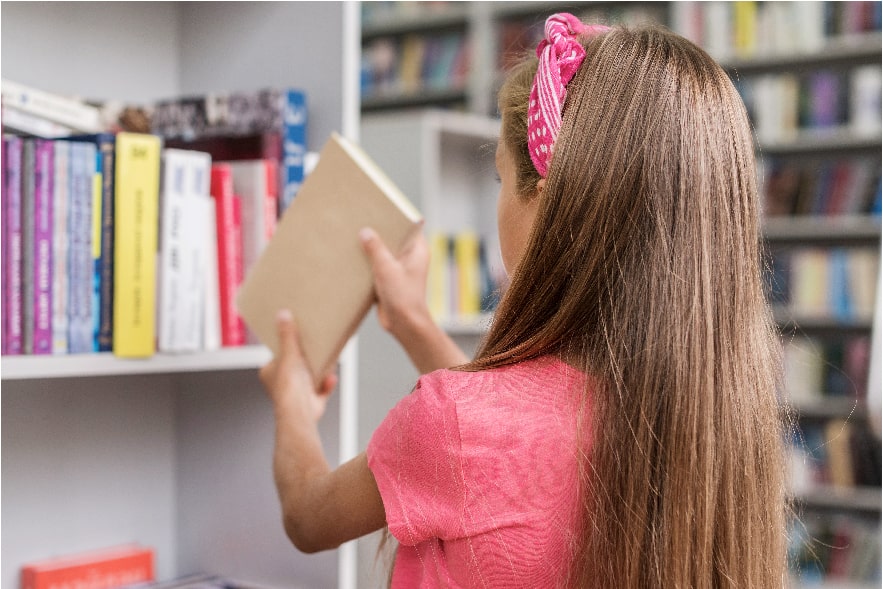
This is one of those reading activities for elementary students that does require a bit of prep, but let me tell you, it’s worth it!
You’ll need to create a list of questions, or clues, that students need to solve in order to know what books they are searching for on a bookshelf at home, at school, or at the library.
For example, the questions could guide children to find things in a bookshelf ranging from a dictionary to a book that is part of a series. Once they have completed a task, they can check it off on their scavenger hunt worksheet. Fun!
Here’s a list of clue ideas to inspire your bookshelf scavenger hunt:
🕵🏼 Clue: Search for a book that holds the secret key, to unlock recipes that make taste buds dance with glee.
📕 Answer: Cookbook
🕵🏼 Clue: I have pages filled with facts and knowledge galore, so if you need information come to me for more.
📕 Answer: Encyclopedia
🕵🏼 Clue: I’m a book of maps, so take a look, and discover places from every nook.
📕 Answer: Atlas
🕵🏼 Clue: I’m packed with puzzles, games, and things to do, and I keep boredom away, as you explore something new.
📕 Answer: Activity book
🕵🏼 Clue: My cover is adorned with a creature, fierce not tame. Open my pages and learn about its name.
📕 Answer: Book with an animal on the cover
These are just a few examples, but the possibilities are endless when it comes to different types of reading materials on a bookshelf.
This activity makes reading more exciting and interactive by adding an element of challenge and exploration.
7. Listen to an Audiobook
Elementary-aged children can level up their summer with the joy of audiobooks!
Whether they’re embarking on a long car ride, getting through chores, taking a leisurely walk, chilling on the couch, or unleashing their creativity through drawing, audiobooks offer a fantastic way for kids to immerse themselves in captivating stories.

By embracing audiobooks, children not only enhance their literacy skills and develop keen listening abilities, but they also have the opportunity to explore new narratives and genres.
💡 Benefits of using audiobooks in the classroom:
Listening to an audiobook is an immersive and enjoyable activity that fuels a child’s imagination, nurtures their language abilities, and makes the summer break an exciting and enriching time for young readers.
Selecting an audiobook for the whole family to enjoy creates a chance for quality time and bonding over a shared love for literature. Additionally, listening to books enhances children’s comprehension and fluency, laying the foundation for future reading success.
You can discover numerous books read aloud on YouTube, offering a unique form of audiobook experience.
One of my favourite books for 5th graders is Wonder and here it is read by Michelle DiMeglio. I love the way she gives the character a voice as it makes the book even more fun to listen to.
Let audiobooks work their magic on your child’s summer reading activities, making learning effortless and enjoyable without them even realizing it!
8. Word Games
Word games make reading more enjoyable and less stressful while also helping expand vocabulary, improve spelling and grammar, and boost reading comprehension.
When selecting word games as a reading activity, look for ones that engage critical thinking and problem-solving skills, promote social interaction, and, most importantly, prevent summer learning loss.

Some of our favourite word games:
🔲 Crossword Puzzles
🔎 Word Searches
🧐 Brain Games for Clever Kids
🔡 Scrabble
🎲 Boggle
🟩 Wordle
🍏 Apples to Apples Junior
📚 Another Logic Workbook for Gritty Kids
✍🏽 Mad Libs Super Size Pack
💡 Discover the power of using games in the classroom!
Explore our blog 15 Benefits of Using Games in the Classroom to learn why incorporating games is an effective way to engage elementary students and enhance their learning.
Read all about how using games in the classroom or at home can:
It’s time to embrace the potential of game-based learning!
Incorporating games into language learning is a powerful tool for elementary children to enhance their language skills. With word games, they can expand their vocabulary, refine their spelling abilities, and deepen their comprehension in a playful and safe environment.
Beyond the educational benefits, games offer an enjoyable and interactive experience, keeping children engaged and fueling their passion for reading all summer long if it means playing word games.
💡 Teacher Tip: More Word Activities for Summer Learning!
Discover a world of engaging word games with our awesome collection of The Ultimate 13 Vocabulary Development Activities for Kids
⬇️ You’ll also want to check out these rebus puzzle articles for fun:
8 Easy Rebus Puzzles
9 Unique Rebus Puzzles with Answers for Kids
A Great Set of Tricky Rebus Puzzles With Answers
Rebus Puzzles for Kids: A Comprehensive Riddle-Solving Guide
9. Story Writing & Storytelling
Summer is the perfect time to inspire young minds with the joy of storytelling and writing.
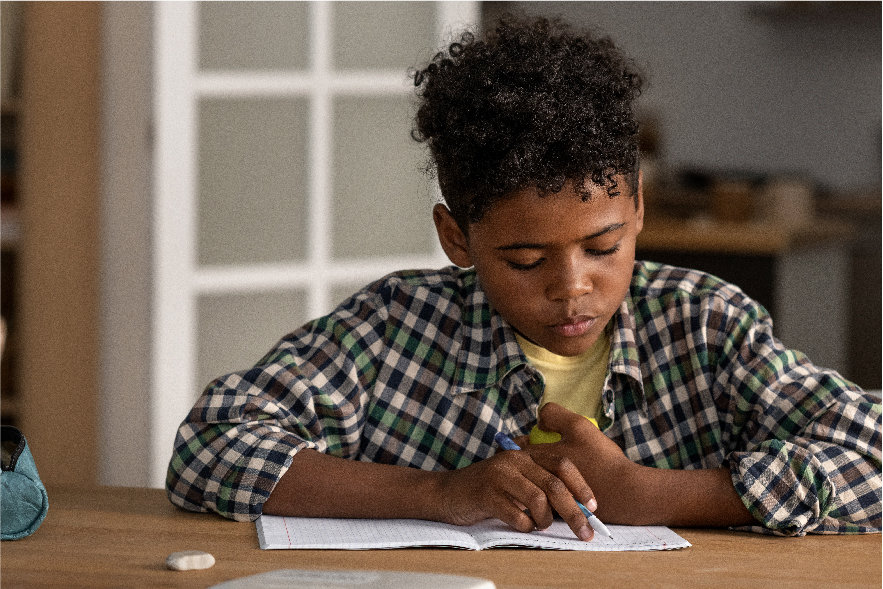
Encouraging elementary students to create and share their own stories not only sparks their imagination but also enhances their reading skills.
✏️ Start with Writing
To get started, provide students with guidance on how to start the writing process. Help them brainstorm ideas, develop characters, and create exciting plot lines. Encourage them to explore different genres, from adventure and fantasy to mystery and science fiction.
By giving them the freedom to express their ideas, you’ll witness their creativity flourish and their storytelling abilities evolve.
One engaging activity to ignite their imagination is using story prompts. These prompts can be simple sentences or pictures that act as springboards for storytelling.
For a more interactive and dynamic experience, consider using the Roll a Story Dice Game that we created!
In this game, there are eight printable dice, each featuring different pictures. Students roll the dice and use the images they roll to create a story, incorporating key elements such as main characters, setting, or antagonist.
The use of eye-catching imagery sparks their imagination and inspires them to create cohesive and imaginative stories.
💡 Teacher Tip: Get creative with our Roll A Story Dice Game!
Discover endless possibilities with our Roll A Story Dice in this article outlining different ways to use this game!
Plus, check out our list of 15 Educational Games With Three Dice for Kids, including 5 language-based activities that involve story writing.
Don’t miss out on these fun learning opportunities!
💬 End with Storytelling
Sure story writing is great, but storytelling is equally as awesome and beneficial. It promotes self-expression and boosts confidence in young learners.
When children share their stories with others, whether it’s friends, or family, they develop important communication skills, speaking in front of others, expressing their ideas, having pride in their work, and receiving valuable feedback and encouragement.
This sharing aspect creates a sense of community and appreciation for each other’s creativity.
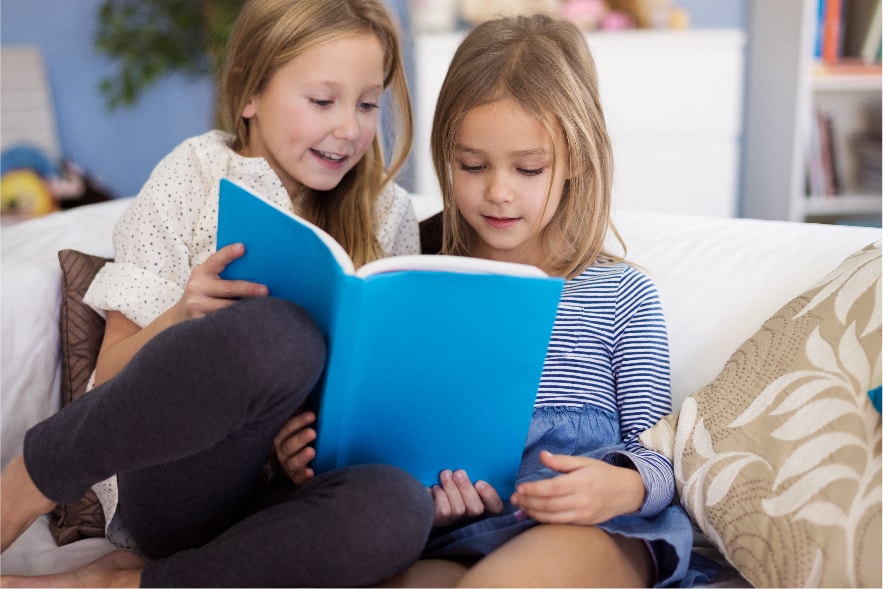
Story writing and storytelling are ideal summer reading activities for elementary kids. Not only do they spark creativity and improve language skills, but they also let kids express themselves, think critically, communicate better, and feel proud of their achievements.
10. Library Scavenger Hunt
A library scavenger hunt is a fun way to get elementary students excited about visiting their local library and discovering all that it has to offer.
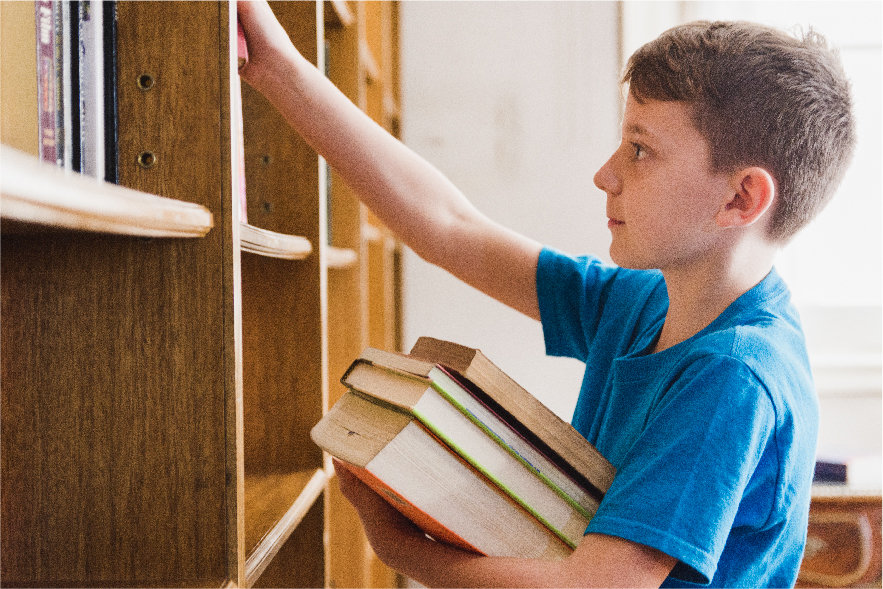
This type of scavenger hunt typically includes a list of clues or tasks that children must complete by finding books on specific topics or by locating certain sections of the library.
Use these clues to get your library scavenger hunt off the ground!
🗞 Magazines
Find a September issue of a magazine.
Locate a magazine with an animal on the cover.
📚 Picture Books
Find a picture book with a cat as the main character.
Discover a picture book about a holiday.
💥 Junior Fiction Adventure
Find a graphic novel with a smile on the cover.
You’re looking for a book that has a Newbery Award on the cover.
🎧 Audiobook Hunt
Look for an audiobook with the word “the” in the title.
Discover an audiobook that shares the life stories of remarkable individuals who have made a positive impact on the world.
📔 Book Cover Challenge
Find a book with a red cover.
Locate a book with an illustration of an animal on the cover.
📜 Nonfiction Quest
Search for a biography about a famous woman.
Find a craft book and choose a cool craft to make.
Alternatively, a library scavenger hunt can be done using the letters of the alphabet. Participants can search the stacks of the library for book titles and/or author names for each letter of the alphabet. Fun!
You could easily use our alphabet scavenger hunt product which includes room for filling in findings that start with each letter of the alphabet.
The focus of this type of scavenger hunt isn’t to read all the books written down, but rather the process of following directions, reading titles and author names, and categorizing items by the letter they start with.
Participating in this type of activity opens students up to learning about the different types of reading material available in the library. They also learn how to navigate the different areas of the library.
Scavenger hunts, regardless of their type, are an excellent way to teach children about reading and practice research skills without them even realizing it! It’s all about learning without them even noticing!
11. Vocabulary Building Scavenger Hunts
Scavenger hunts are the perfect blend of entertainment and learning. They engage children in reading, problem-solving, and observation skills, making them an ideal activity to boost vocabulary.

One exciting option is an alphabet scavenger hunt.
Equipped with our Alphabet Scavenger Hunt Printable, children can sharpen their observation skills and boost their word bank as they search for objects that start with each letter of the alphabet.
Another engaging choice for a vocabulary-enhancing scavenger hunt is our Parts of Speech Scavenger Hunt. In this reading activity for elementary students, participants are challenged to find items representing different parts of speech, such as nouns, verbs, and adjectives.
Teacher Tip: Boost grammar learning with fun educational videos.
Refresh your students’ understanding of the parts of speech by exploring our curated collection of entertaining and educational videos in our blog, Parts of Speech Videos for Your Elementary Language Lessons.
By organizing words based on their functions, kids improve their understanding of grammar. They also stretch their vocabulary as they seek out descriptive and sentence-enhancing words.
What makes vocabulary-building scavenger hunts so exciting is kids learn without even realizing it. They are practicing their reading as they figuring out what they need to search for.
💡 Teacher Tip: Get Creative with Scavenger Hunts!
Want to boost your kids’ reading skills? Try making a scavenger hunt! It’s easier than you think, and we’ll help you every step of the way.
Check out our article on How to Make a Scavenger Hunt for Kids in 9 Steps. With our easy-to-follow guide, you’ll discover the secrets to crafting an exciting and educational adventure for your kids.
By designing a personalized scavenger hunt, you’ll engage children in active reading. It’s an opportunity for them to explore their surroundings, decipher clues, and enhance their literacy skills – and all while having a blast!
12. Create a Map of a Book Setting
Encourage your child to draw a map of the setting from a favourite book.
This fun activity not only helps them better understand the story but also boosts their spatial reasoning and research skills. Guide them to include important details from the narrative and explore map elements like creating a legend.
As they craft their map, chat with them about different parts of the story and how they relate to the map, making the book’s world come alive in a whole new way!
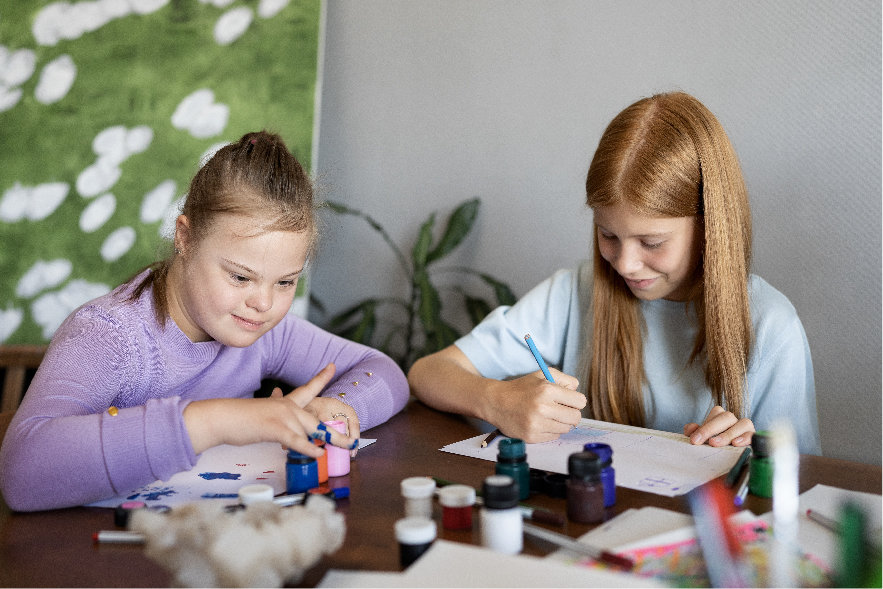
As children transform the world of a story into a visual representation as a map, they develop a deeper appreciation of how the story unfolded.
Kids can add their unique touch to their maps, making each one a reflection of their own creativity and individuality. It’s a chance for them to showcase their artistic skills and take pride in their accomplishments.
Book-themed arts projects provide a wonderful avenue for self-expression and personalization.
13. Write Book Reviews
For this activity, get readers to choose a book, read it, and write a review summarizing the story. They’ll also want to share their thoughts on characters, plot details, overall opinion, and a rating out of five stars.
Writing a book review helps children to think deeply about what they’ve read and consequently, it develops their reading and writing skills. It also encourages them to become more engaged with their reading material by paying closer attention to the story’s details and characters.
Here’s a great video that kids will love about how to write a book review:
Here’s why writing a book review is a rewarding reading activity:
✅ Reflection and Analysis
Writing a book review prompts children to reflect on the plot, characters, themes, and overall reading experience. It encourages them to think deeper about the story, its messages, and the author’s craft.
✅ Language Development
Crafting a book review helps children enhance their vocabulary and language skills. They learn to articulate their ideas, express their emotions, and provide clear descriptions of their favorite aspects of the book.
✅ Personal Expression
Writing a book review gives children a platform to express their unique perspectives and preferences. It allows them to share their enthusiasm for a great book or discuss the elements that resonated with them.
✅ Empowering Voice
Book reviews empower children to have a voice and be heard. It builds their confidence in their ability to communicate their thoughts and opinions effectively.

💡Teacher Tip: Ask questions and you shall receive good book reviews!
Prompt kids for engaging book reviews with these questions:
Encourage kids to write structured book reviews, including an introduction, spoiler-free plot summary, personal insights, and a thoughtful conclusion. Remind them to use specific examples and evidence from the book to support their opinions.
Have kids make a video book review.
Take book reviews to the next level by having your kids film video reviews.
This exciting activity not only enhances their writing and presentation skills but also adds a dynamic and multimedia element to this assingment.
We’ve compiled a list of four remarkable YouTube videos where kids enthusiastically review the books they’ve read. These video book reviews not only showcase their genuine excitement but also provide valuable insights into their reading experiences.
Book reviews not only demonstrate the joy of reading but also showcase the power of storytelling and the impact books can have on young minds.
14. Comic Books
When it comes to summer reading activities for elementary kids, comic books are a hidden gem of excitement and learning.
They offer a one-of-a-kind reading experience that seamlessly blends captivating visuals with compelling storytelling.
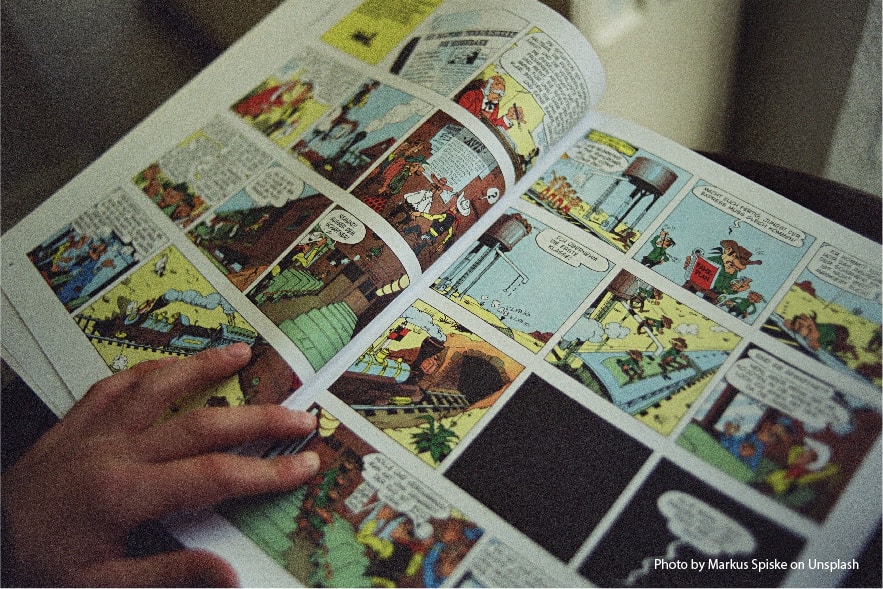
While some may question the educational value of comic books, it’s important to recognize that reading is a skill that can be developed through various mediums.
Encouraging children to read all types of literature, including comic books, helps cultivate a love for reading by providing engaging and accessible content.
Embracing diverse reading materials, including comic books, expands children’s literary horizons and fosters a lifelong passion for reading.
Comic books are a perfect summer reading activity because they:
Provide Visual Storytelling
Comic books combine captivating illustrations with concise text, making them visually appealing and easy to follow. Kids will love the dynamic artwork that brings the story to life, enhancing their reading experience.
Improve Reading Comprehension
Reading comics requires interpreting both text and visuals, helping kids develop crucial reading comprehension skills. They learn to analyze visual cues, infer meaning, and make connections between dialogue and illustrations.
Expand Vocabulary
Comic books introduce kids to a wide range of vocabulary words in context. They encounter new words through dialogue, narrative captions, and character interactions, enhancing their language skills.
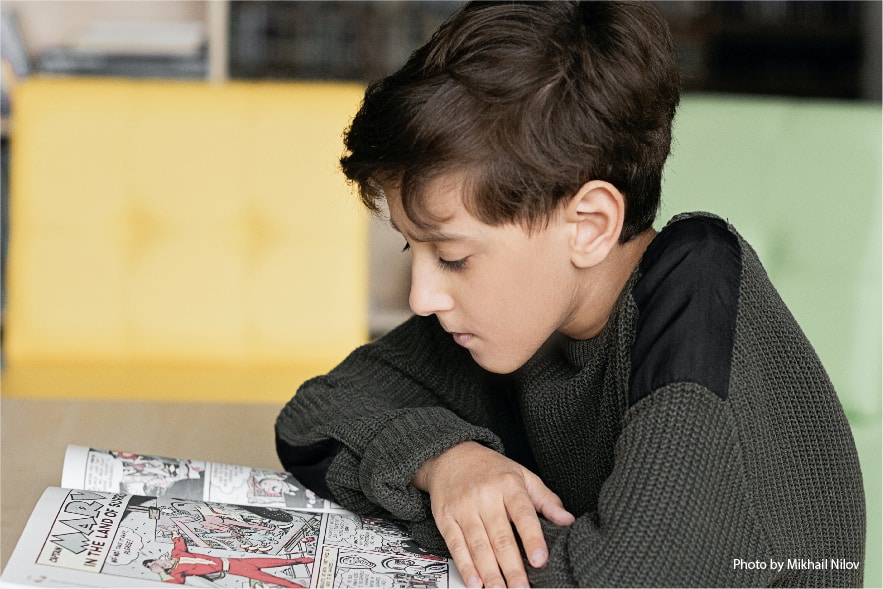
Teach Sequencing and Story Structure
Comics teach kids about sequential storytelling and the importance of story structure. As they follow the panels and read in a specific order, they develop an understanding of plot development, character arcs, and narrative pacing.
Increase Engagement and Motivation
The colorful artwork and exciting storylines in comics capture kids’ attention and keep them engaged. This motivates them to read more and explore different genres and series, fostering a love for reading.
💡 Teacher Tip: Recycle old comic books for engaging adventures!
Instead of letting those cherished comics gather dust, why not give them new life while inspiring a love for reading?
Recycling and repurposing old comic books infuse the joy of creativity into the reading experience, making it a fun and memorable way for kids to explore the world of storytelling.
Teachable moments are sure to pop up while combining reading and art in a way that encourages both creativity and literacy skills.
Check out this video on how to repurpose old comic books:
But before you start cutting up or repurposing those old comic books, it’s a good idea to do some research to see if any of them hold significant value in the collector’s market.
By embracing comic books as a summer reading activity, children embark on a thrilling journey that combines literacy with visual storytelling. They develop essential reading skills, ignite their imaginations, and cultivate a lifelong love for books.
15. A Book Report, But Make It Fun!
When it comes to engaging summer reading activities for elementary students, look no further than making book reports fun and unique!
Transforming traditional book reports into exciting and creative projects captures children’s imagination and enhances their engagement with the story.
Instead of the standard report, get them to choose from a variety of intriguing options like creating a diorama, designing a comic strip, filming a book trailer, or even organizing a book-themed art exhibition.
Here’s a video to inspire your kids to create unique book reports:
Try these creative book report ideas at home this summer:
🃏 Book Character Trading Cards
🎯 Write an Alternative Ending
📒 Create a Character Scrapbook
🎤 An Interview with the Main Character
🎬 Film a Book Trailer
Discover more ways to make book reports enjoyable for 5th graders here!
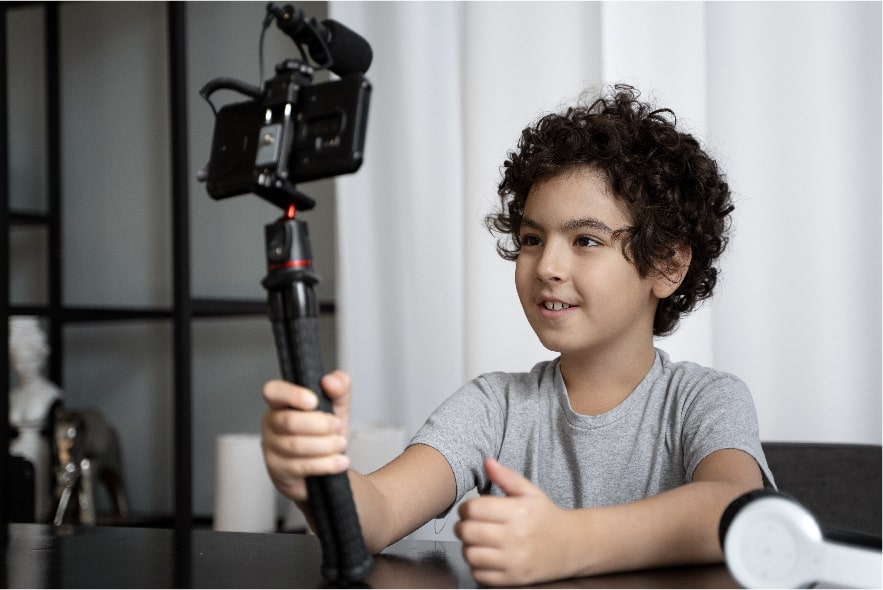
These alternative approaches to the common book report encourage children to think outside the box and showcase their understanding of the book in a unique and personalized way.
Let’s make book reports enjoyable for elementary students! By offering fun and unique options, we cultivate a lifelong love for reading.
16. Create a Book Nook or Fort to Read In
Creating a book nook or a reading fort is an exciting and imaginative project for elementary-aged kids.
By personalizing their own reading space, they create a magical world where they can escape into the pages of their favourite stories and enjoy countless hours of reading.
Their book nook transforms into a beloved space where engaging summer reading activities for elementary students thrive.
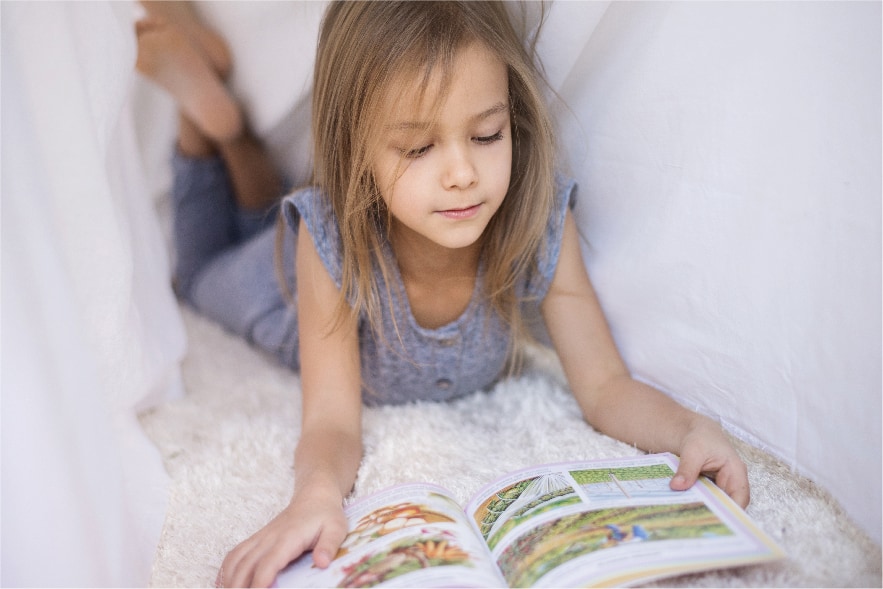
Here are some simple steps to help you create a cozy reading corner for kids:
Choose the perfect spot.
Find a cozy corner or area in your home where a reading sanctuary can exist. It could be a quiet nook in a kid’s bedroom, a corner of the living room, or even a space in the backyard where children can enjoy nature while reading.
Find comfortable seating.
Select comfortable seating options such as bean bag chairs, floor pillows, or a comfy reading pillow that will make your reading sessions cozy and relaxing.
Add cozy elements.
Enhance the comfort factor by adding soft blankets, throws, soft teddy bears, or pillows that kids can snuggle up with as they dive into the pages of their favourite books.
Display their books neatly.
Set up a small bookshelf or bookcase nearby to showcase their book collection and keep them organized. This will make it easy for them to browse through titles and choose their next reading adventure.
💡 Need book recommendations to fill your child’s bookshelf?
Explore our blog featuring 31 great picture books for elementary students!
Personalize the space.
Make their book nook unique and inviting by adding personal touches. Hang up posters, framed Montessori quotes that inspire peace, interesting posters about reading on the walls, or decorate with positive affirmation posters to create a magical ambiance.
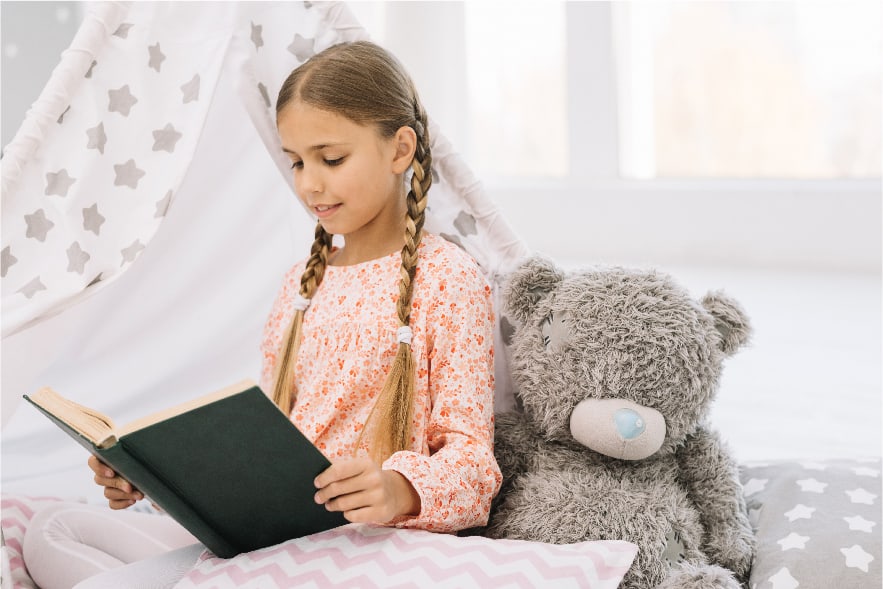
Create a cozy atmosphere.
Set the literary mood with soft lighting options like a reading lamp, fairy lights, or a lava lamp. The warm glow will create a soothing atmosphere that is perfect for diving into the pages of a book.
With their own personalized book nook, children have a peaceful and inviting space where they can fully immerse themselves in reading and let their imaginations soar.
💡 Teacher Tip: Involve the kids in creating their cozy book nook!
To make the cozy book nook truly special for your kids, get them involved in the design process and encourage them to personalize it according to their preferences.
By allowing them to customize their reading space, you empower them to take ownership and pride in their reading space. Let their imagination run wild as they choose their favorite colours, decorations, and elements that make the space uniquely theirs.
This collaborative effort will not only foster a sense of ownership but also ignite their excitement and love for reading.
Have kids make a fort or reading den!
Fort building and den making are fun summer reading activities for elementary kids that involve creating a non-permanent, cozy space in your home or backyard as a special reading spot.
Children can use blankets, pillows, and other materials to construct their fort and then fill it with books and snacks for a fun reading experience. It just might be the perfect solution for rainy days or to beat the summer brain drain.
Not only is building a fort or a den a fun and creative activity for kids, but it also provides a unique and comfortable reading environment.
Here are some videos of how to build a reading fort or den!
Go ahead and gather the materials, unleash that creativity, and build the perfect reading fort with your kids for an enchanting and immersive summer reading experience!
17. Host a Book Tasting
This activity is a fun and engaging way for elementary students to explore different genres of literature.
A book tasting event, similar to a food tasting, allows students to explore a variety of books (complete with snacks!) at different stations in a room.
The aim is to give children a small taste of a variety of books in order to pique their interest.

Each station can feature a different genre, such as mystery, fantasy, or non-fiction. To make the activity more exciting, the stations can be decorated accordingly.
When hosting a book tasting at home or in a classroom setting, consider allotting enough time at each station for children to really dive into the book. Starting with 8-12 minutes at each station can help ensure that children have enough time to explore the book and eat the snacks.
I did this with my step-daughter Taylor and let me tell you, hosting a book tasting can be a great way to get children excited about reading and help them discover new books and genres they might not have otherwise discovered on their own.
⬇️ Watch as Jennuine Teaching sets up a book tasting for her classroom. So many great ideas here!
And here’s another look at what a book tasting can look like:
Indulge their literary palate and embark on a book-tasting adventure that will leave your kids hungry for more captivating stories!
18. Roll and Read
Level up your summer reading activities for elementary kids with the engaging Roll and Read game!
This exciting vocabulary development activity involves children rolling a die once a day and completing one of the six different tasks outlined.
Each roll of the die corresponds to a different reading task.
Here are 6 task ideas I’ve used with my upper elementary students:
🎲 Read 11 pages of a fiction book.
🎲 Use a dictionary to find a word you’re unfamiliar with for each letter of your name, write them down, and include their definition.
🎲 Read 3 pages of any book out loud.
🎲 Create a drawing inspired by a favourite scene or character from a book.
🎲 Research and share an interesting fact about the author of the book you’re reading.
🎲 Create a bookmark inspired by the book’s theme or cover design.
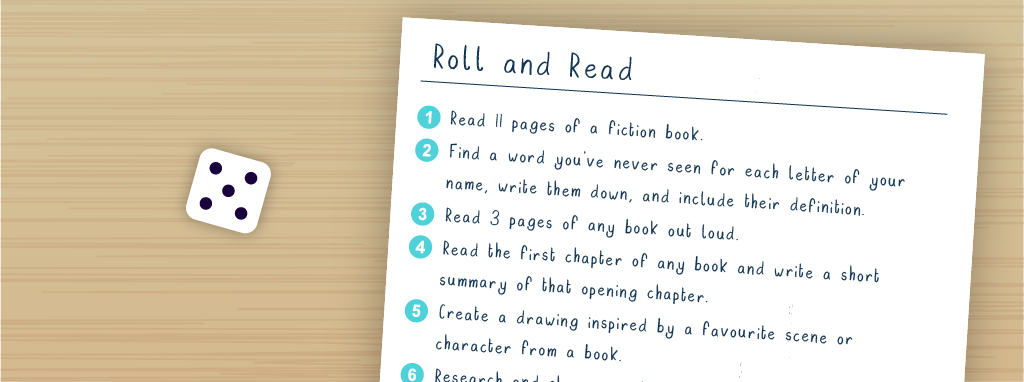
This activity is easy to set up and can be played individually or in a group. It encourages children to read a variety of materials every day and engage with the text in different ways.
By completing different reading tasks daily, students are able to develop their reading comprehension, vocabulary, and critical thinking skills in a fun and engaging way.
This activity is a great way to make reading more interactive and enjoyable for elementary students during the summer months.
💡 Teacher Tip: Evolve the Roll and Read challenge!
With this game, you have the power to transform the reading tasks throughout the summer, infusing excitement and freshness into each session.
Encourage your children to become co-creators of the game by involving them in brainstorming new and exciting reading tasks.
Additionally, they can unlock the full potential of the game by revisiting familiar tasks with different books or reading materials, expanding their literary horizons, and strengthening their reading skills.
19. Create Personalized Bookmarks
Making personalized bookmarks is a hands-on, creative, and fun summer reading activity for elementary students.
This activity involves making bookmarks using different materials like coloured paper, beads, ribbons, or even natural items like leaves or flowers.
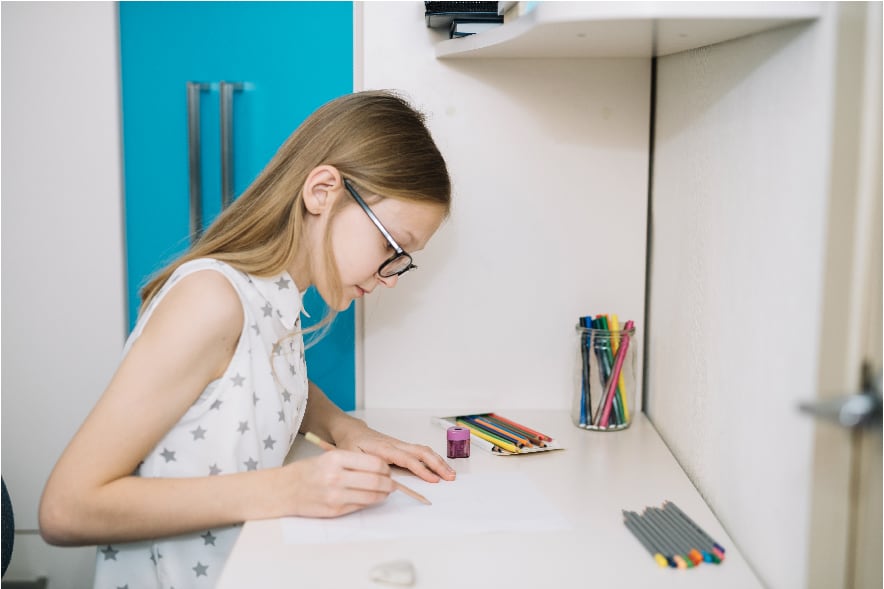
By making bookmarks, children get to showcase their creativity and create something unique that reflects their personalities.
This activity can encourage children to read more often as they will be proud to use their personalized bookmark with their current book.
They can also make bookmarks for their friends and family, which could lead to sharing and discussing favourite books with each other.
With this activity, the world of summer reading activities that elementary kids will love can be explored!
Get them crafting personalized bookmarks with the help of these video tutorials.
Let their summer reading adventure be marked with their very own unique and customized creations!
20. Summer Reading Log
A summer reading log is one of those reading activities for elementary students that empowers kids to document their reading journey during the summer break.
Not only does it foster a sense of responsibility and time management, but it also allows children to reflect on their reading progress.
Whether it’s a simple tally of books or a personalized journal capturing various aspects, we’re here to provide ideas to suit every reading enthusiast.
Let’s take a look at all those the possibilities!
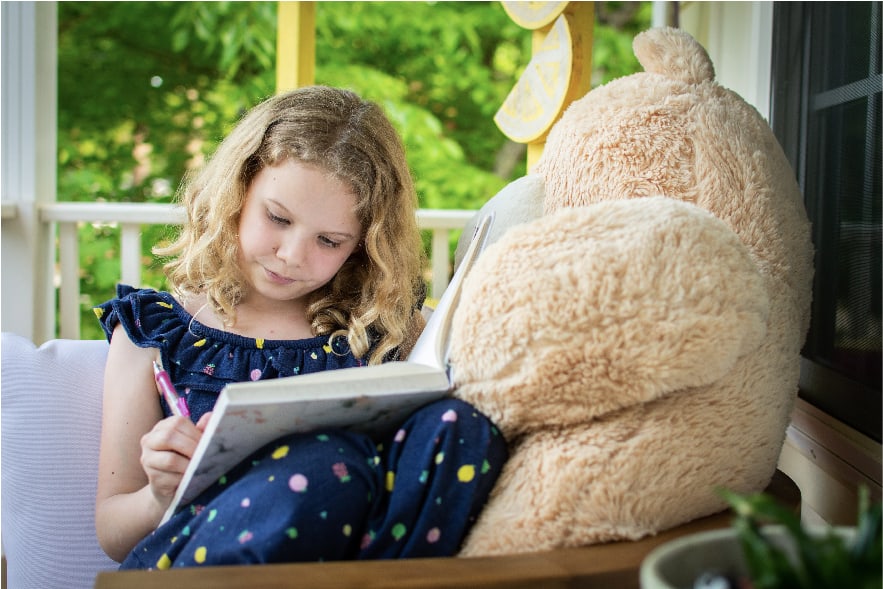
Simple Book Tracking
You’ll find a lot of online resources offering a variety of printable reading logs that can easily be personalized with vibrant colours and creative designs.
Alternatively, you can encourage kids to unleash their imagination and creativity by designing their own unique book-tracking system. This Montessori-inspired approach not only adds a personal touch but also fosters a sense of ownership and pride in their reading accomplishments.
Here’s a great video to inspire some really fun ways to make reading logs so kids can keep track of the books they read!
Creating a Personal Book Journal
Encourage your kids to make their own personalized journal, like the one featured in the video below, and use it to keep track of their reading. This creative task can be really fun for kids, and they’ll be more inspired to fill it out if they’re the ones that made it.
Inside the journal, kids can design unique reading trackers, such as colourful progress charts, creative book lists, or even thematic sections for different genres.
They can personalize their journal further by adding space for reflections, jotting down memorable quotes, or expressing their thoughts and feelings about the books they read. And to make it even more personal, they can include drawings, stickers, and other details!
In their reading journal, they might want to include things like:
✅ Title and Author
✅ Date they started reading
✅ Date they finished reading
✅ Rating out of 5 stars
✅ Favourite quotes
✅ Lessons they learned
✅ Personal reflections
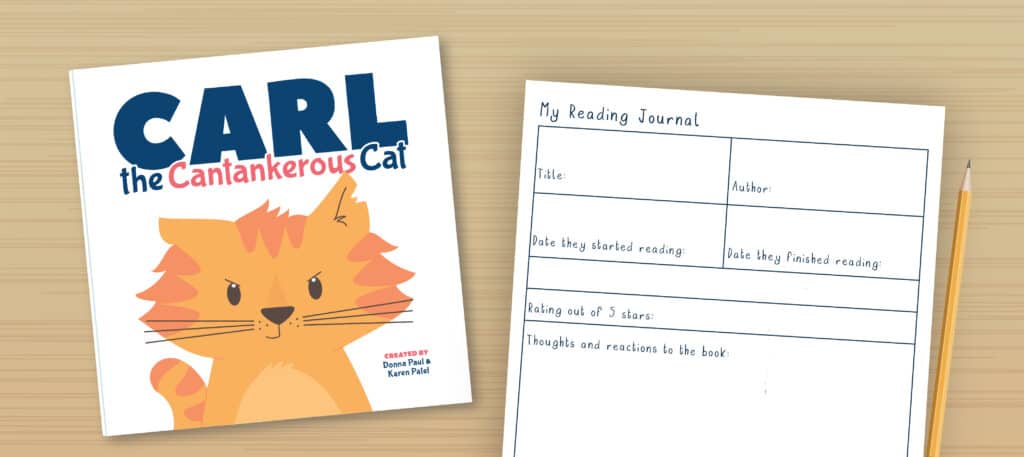
By keeping track of their reading using a reading log or personal journal, children develop important organizational skills, enhance their writing abilities, and cultivate a deeper connection with the books they explore.
21. Organize a Book Donation Drive
Participating in a book donation drive is a wonderful way for kids to enhance their love for reading and cultivate valuable life skills.
This meaningful experience is an excellent addition to our list of summer reading activities for elementary students. It instills a sense of empathy and generosity in children as they learn the importance of giving back and sharing resources with those in need.
By donating their own gently used books, students learn that they can make a difference in the lives of others, particularly those who may not have access to a wide range of books. This activity helps develop their understanding of social responsibility and the power of collective action.

A book donation drive also encourages children (and adults!) to declutter their own bookshelves and make space for new stories and adventures. It allows them to reflect on the value of the books they have enjoyed and share those experiences with others.
By passing on their cherished books to fellow readers, children learn the joy of sharing and the lasting impact of their actions.
This is one of my favourite book activities for elementary students because it aligns with the Montessori principle of allowing students to take an active role in helping the community, organize an event, and following through with their plans.
Wondering what it takes to put together a book donation drive?Here are the steps I follow with my elementary students as well as my family:
💡 Choose a Cause
Have children do some research to select a local cause or organization that aligns with what they believe in and that will benefit from the book drive, such as a library, school, shelter, or community center.
🗣 Spread the Word
Empower children to spread the word among their friends, family, and school community. Engage their creativity and enthusiasm by suggesting they design eye-catching posters and flyers that promote the book drive and inspire everyone to donate their gently used books.
🥅 Set a Goal
Guide kids in setting a realistic goal for the number of books they aim to collect. Turn it into an exciting challenge by having them create a vibrant donation drive thermometer. This visual tracker serves as a dynamic representation of progress, motivating everyone to contribute and reach new heights.

📥 Designate Drop-Off Points
Ensure a seamless book donation process by designating easily accessible drop-off points within the community. Establish dedicated areas, such as local libraries, community centers, or even grocery stores, where families can conveniently contribute their book donations.
Make it hassle-free by clearly labeling the collection bins or boxes, and providing clear instructions for donation drop-offs.
🙌🏼 Organize Sorting Sessions
Schedule time for children to help sort and categorize the donated books based on age group, genre, or condition.
🫧 Spruce Up the Books
Clean and repair any damaged books, ensuring they are in good condition before being distributed.
📝 Thank Donors
Show appreciation to all the contributors by creating handwritten thank-you notes or certificates.
🚛 Deliver the Books
Coordinate with the chosen cause or organization to deliver the collected books. Have kids witness the impact of their efforts and celebrate the positive difference they’ve made in their community.
Here’s an inspiring story about two young boys who put together a book drive for another school in need:
Spread the joy of reading while making a positive impact in the community and empowering young minds through the gift of books.
22. Read a Book and Then Watch the Movie Adaptation
This activity is an excellent way to encourage children to read books and get them interested in literature by providing an additional incentive of watching the movie based on the book afterward.
📽 Teacher Tip: Read First, Watch Later!
By immersing themselves in the original story, they can unleash their imagination, develop a deeper understanding of the characters and plot, and bring their own unique interpretation to the big screen experience.
Reading first enhances the joy of discovery and allows kids to appreciate the book-to-movie transformation even more.
Watching the movie adaptation of a book will help students practice comprehension skills by noting the differences between the book and the movie.
Over the summer break encourage kids to discuss their thoughts on how the movie adaptation relates to the book and get them to point out the differences or similarities between the two.
🎞 Lights, Camera, Read!
Get the veggies and dip ready along with some popcorn, and gather the kids for a cinematic adventure!
But first, get lost in the pages of these great summer reads and then watch their movie adaptations bring the book to life:
Books-turned-movies ignite a love for reading in elementary kids but even better, they bring excitement to summer learning activities
Make this summer a blockbuster hit with a fantastic read and their on-screen adaptation!
💡 Teacher Tip: Ask kids questions like these after watching the movie!
• Did the movie capture the same feelings and emotions as the book?
• Were there any scenes in the movie that surprised you because they were not in the book?
• Did the movie capture the same atmosphere or setting as described in the book?
• How did the movie handle the ending compared to the book? Did you like one version more than the other?
23. Twenty Questions – Book Edition
Ignite the spirit of exploration with this interactive vocabulary game that is perfect for summer reading activities elementary students will love!
By combining the joy of reading with the thrill of guessing, Twenty Questions promotes critical thinking, comprehension, and a deep dive into various books and genres.
This activity involves children recalling details, characters, settings, and plotlines from the books they have read. It encourages them to reflect on their reading experiences and strengthens their connection to the stories and themes.
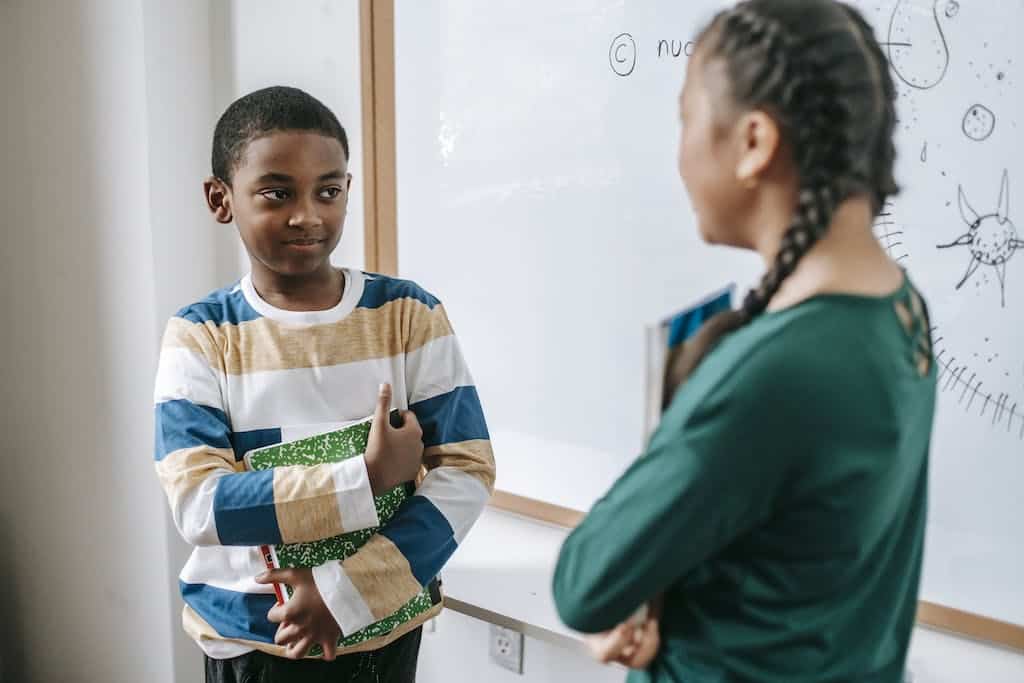
The game follows the classic format of 20 Questions. The person whose turn it is will think of a book while the others try to guess the book title by asking ‘yes’ or ‘no’ questions. See the video below for easy instructions.
Playing 20 Questions with book titles fosters critical thinking skills while providing an enjoyable and interactive approach to summer reading activities elementary kids will appreciate. Encourage curiosity and enhance question-asking abilities in a fun and educational way!
Here are clear and easy instructions on how to play the classic version of 20 Questions:
Steps to playing the Twenty Questions Book Edition game:
Choose a Book
One player secretly thinks of a book title in their mind but doesn’t tell the other players what it is.
Start the Game
The player who thought of the book title is the ‘Answerer’, and the rest of the players are the ‘Guessers’. The Guessers take turns asking questions that can be answered with ‘yes’ or ‘no’ to figure out the title of the book.
Ask Good Questions
Guessers should ask questions that help narrow down the possibilities and guide them to figure out the book title. For example, they can ask things like, “Is the book about animals?”, “Is the main character a boy?”, “Is the genre of the book fiction?”, “Is the cover of the book blue?”, or “Is the book part of a series?”. There are so many great, investigative questions they can formulate.

Track the Questions
As the name of the game suggests, Guessers can ask the Answerer a maximum of 20 questions before the Answerer has to reveal the book’s title. The goal is for the Guessers to figure it out before using up all the questions. It’s important for players to listen carefully to the answers and keep track of the questions already asked, so they aren’t repeated.
Make A Guess
After each question, the Guessers can make a guess if they want, but they should wait until they feel confident to make a final guess. If someone guesses the title of the book correctly before 20 questions, then they win and become the next player to choose a book title.
Take Turns
Once the book has been correctly guessed, it’s another player’s turn to think of a book, and the game starts again.
Summer reading activities elementary students will enjoy don’t get much better than this exciting and educational game of 20 Questions using book titles and their main characters!
💡 Teacher Tip: Ask about the main character!
Shake up the book version of 20 Questions by having the Answerers focus on the main characters from books instead of book titles.
Watch as Guessers embark on an exhilarating quest to unravel the identity of the main characters through clever questions and deductive reasoning.
24. Choose Books that Have Follow-Up Activity Pages
If you’re looking for unique, brain-flexing summer reading activities for elementary kids, then you’ll want to seek out books with interactive activity pages!
From characters to colour to puzzles, mazes, and more, activity pages related to books bring the characters and adventures to life in an interactive way.
Unfortunately, there aren’t many books out there like this. That’s why we took matters into our own hands and created one ourselves!
Carl the Cantankerous Cat, our self-published picture book, is a charming story that is PURRR-fect for those lazy summer days.
And to enhance the already-loaded learning experience and to provide additional interactive fun, we created activity pages to accompany the picture book. These activity pages are designed to complement the story and engage children in various educational and entertaining activities, all while building their vocabulary.
It’s what we call learning in disguise!
By combining the joy of reading with interactive learning, Carl the Cantankerous Cat and its activity pages offer a well-rounded summer reading activity that will keep children engaged and entertained.
As they pounce into the wild world of Carl, they not only develop their reading comprehension skills but also enhance their creativity, critical thinking, and fine motor skills through a variety of interactive tasks.
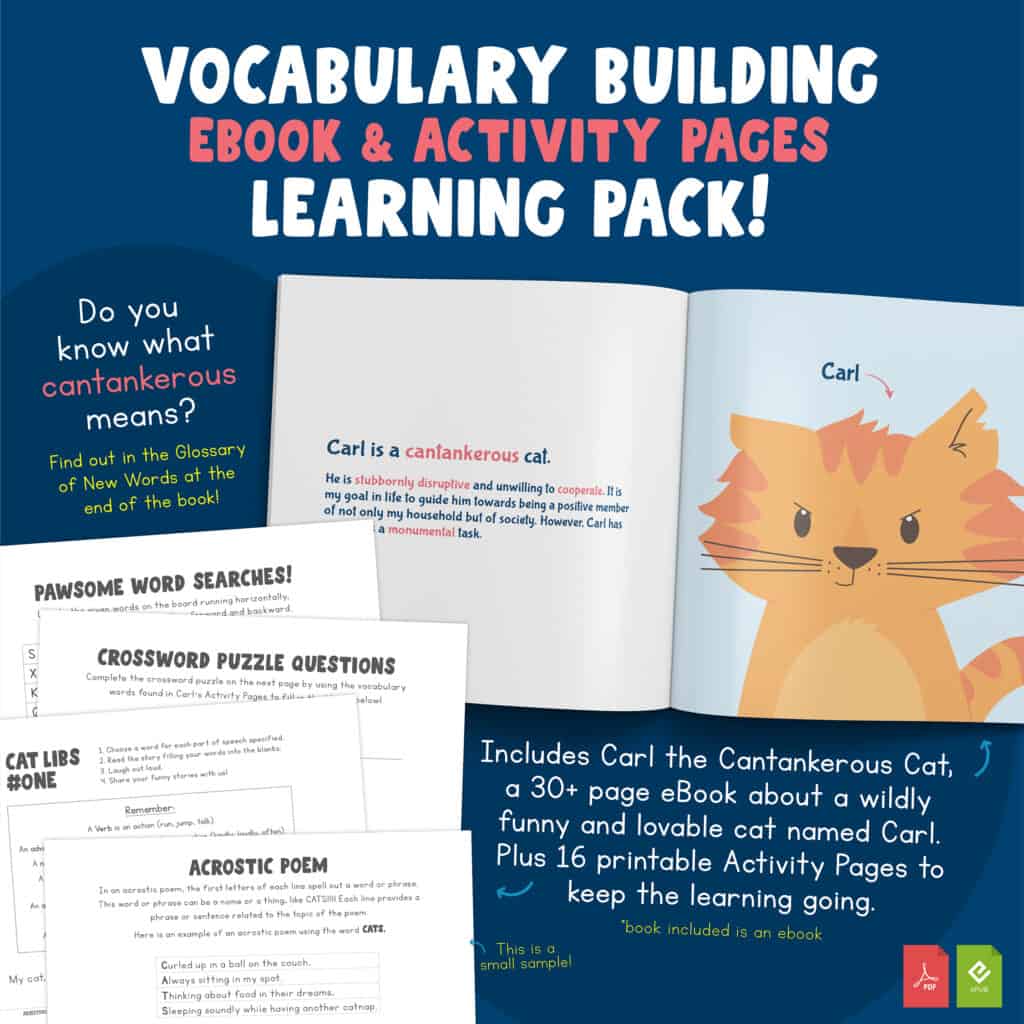
You can also get our ebook and activity pack here!
Kids can engage in interactive tasks and delightful exercises that complement the adventure of reading Carl, fostering a love for knowledge and exploration.
25. Recipe Reading
Engaging elementary kids in reading activities during the summer doesn’t have to be limited to storybooks and novels. One excellent and practical reading activity for elementary students is reading recipes.
Exploring the world of recipes introduces children to valuable life skills while enhancing their reading comprehension and vocabulary.
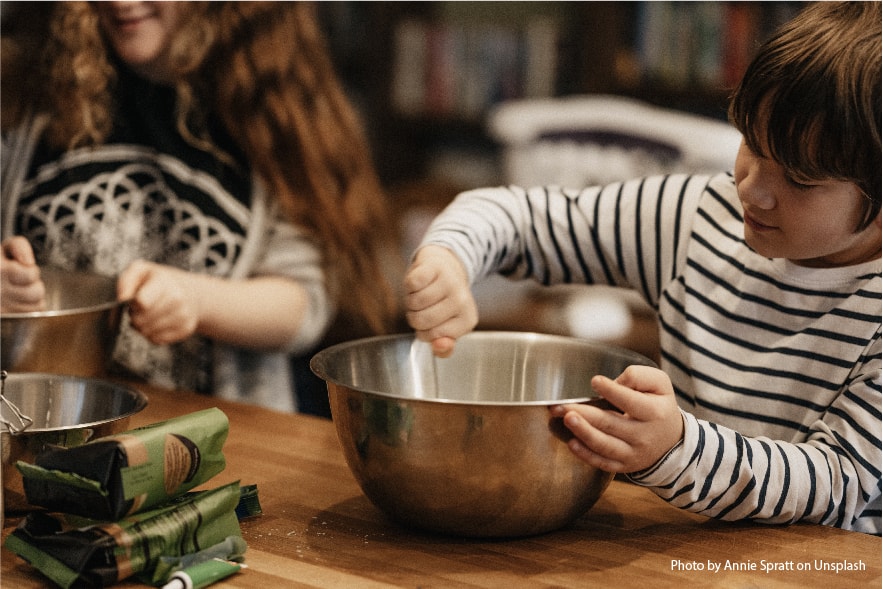
Reading recipes can be a fun and interactive way for children to learn about different foods and ingredients. It allows them to follow step-by-step instructions, practice using different measurements, and develop an understanding of cooking techniques.
By reading recipes, children also gain exposure to various culinary traditions and cultures, broadening their knowledge and appreciation for diverse cuisines.
Here’s a great video that clearly explains how to read a recipe.
So go ahead and spice up your list of summer reading activities for your elementary kids with the tantalizing practical life activity. It’s a recipe for educational fun and culinary adventure, that’s for sure!
26. Write Letters
One excellent activity that combines both reading and writing is writing letters.
Encouraging children to write letters not only strengthens their reading comprehension but also allows them to express themselves and develop communication skills.
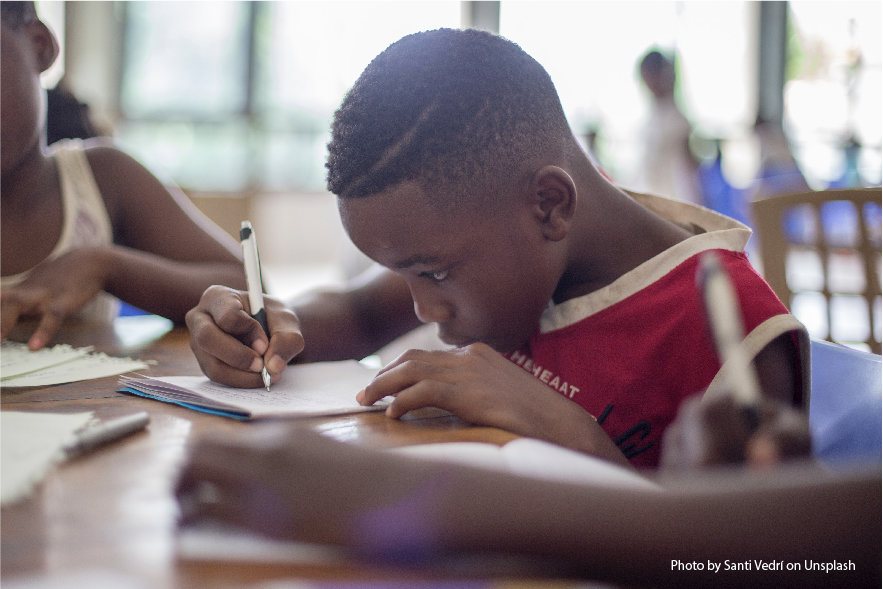
As kids write letters, they get better at reading by rereading their own messages and understanding the ones they get back. Plus, reading letters from others exposes them to diverse writing styles and broadens their vocabulary.
Children can write letters to family members, friends, or even pen pals from different parts of the world. By exchanging letters, they develop a sense of empathy and understanding, as well as learn about different cultures and perspectives.
Share this information-packed video about writing a friendly letter with your kids:
Writing letters not only enhance reading and writing skills but also allows kids to create meaningful connections and opens the door to conversations about how mail travels around the globe.
During this summer break, encourage your elementary-aged kids to pick up a pen and write some letters.
💡 Teacher Tip: Try these fun letter-writing ideas for elementary kids!
✍🏽 Letter to an author
👯 Letter to a friend
👴🏼 Letter to a family member
👮🏾 Letter to a hero
🧑🏼🎓 Letter to future self
27. Write Lists
Making lists is an engaging activity that can help children strengthen their reading and writing skills.
As they jot down items for their summer bucket list or plan their favourite activities, they engage in reading and comprehension skills by deciphering their thoughts into written words. This process not only sharpens their literacy skills but also fosters creativity and organization, making it a valuable summer pastime for young learners.
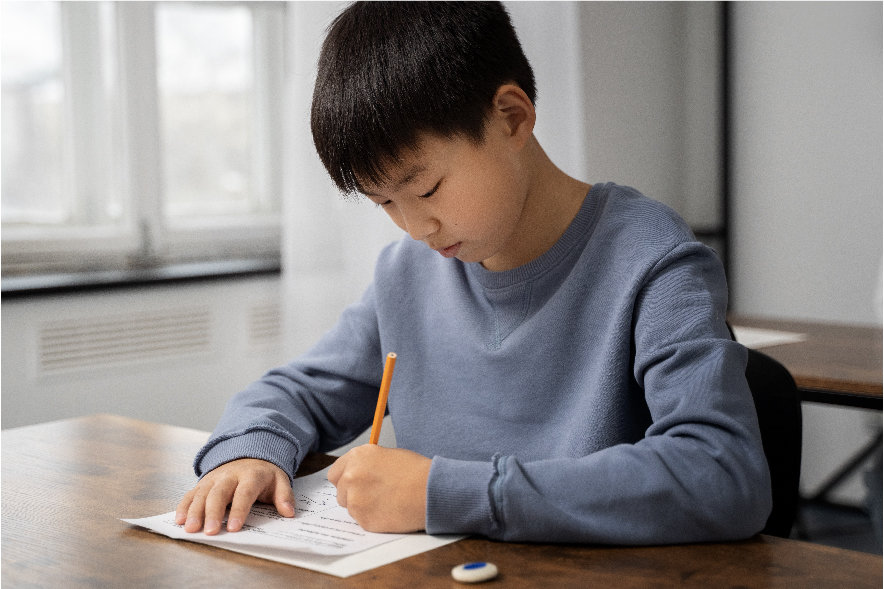
By brainstorming words that fit specific categories, children are challenged to think creatively and critically, while also expanding their vocabulary and understanding of language.
Incorporating list-making into summer reading activities for elementary students adds an element of fun and personalization, empowering them to express their preferences while actively engaging with books.
📝 Teacher Tip: Get them to write all kinds of lists!
Here are some list ideas that your elementary-aged child might enjoy writing:
Things That Make You Happy
Task elementary kids with creating a list of things that bring them joy and put a smile on their faces, such as spending time with loved ones, engaging in hobbies, or enjoying nature. Resources like our Printable Dream Board Activity for Kids are excellent tools for exploring what brings them joy.
Bucket List
This is a list of things they want to do or experience in their lifetime, such as visiting certain places, learning new skills, or achieving specific goals.
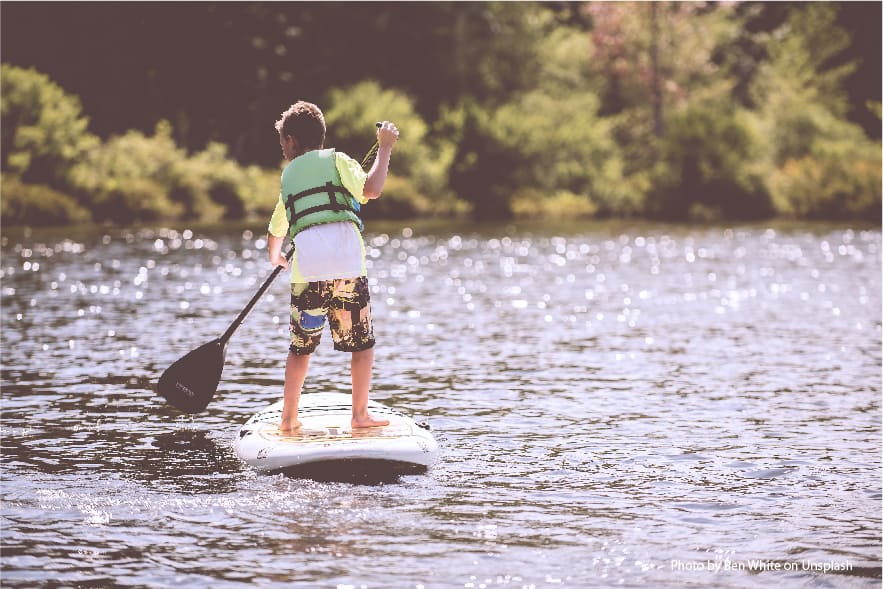
Favourite Foods
When kids write a list of their favourite foods, encourage them to break their interests into different categories including snacks, desserts, and meals. They can also include any special recipes they enjoy or want to try.
Favourite Quotes
It’s always good to encourage kids to collect a list of inspirational and meaningful quotes that resonate with them.
Things I’m Grateful For
A gratitude list involves children noting things they are grateful for in life, such as family, friends, hobbies, or experiences.
Dream Vacation Destinations
Everyone should create this list! Kids can write out the dream vacation spots they would love to visit someday, including places near and far, and what they would like to see or do there.
Fun Activities to Do with Friends
Get kids to compile a list of fun activities or games they enjoy doing with their friends, such as playing sports, going on scavenger hunts, or having movie nights. This gives them something to reference when they say they don’t know what to play!

Life Lists
These could be to-do lists, shopping lists, school or camp supply lists, lists of birthdays, or even a list of lists they need to make.
These lists encourage self-reflection, creativity, and exploration. They also provide an opportunity for kids to practice their writing skills while having fun.
Encourage them to dream big with their lists and support them in the process!
Let our Dream Board Activity for Kids printable be your go-to resource to guide your elementary-aged kids to create a list of all the things they want in life.
With prompts, cute characters, and kid-friendly instructions, this is a great learning tool for any student learning about themselves.
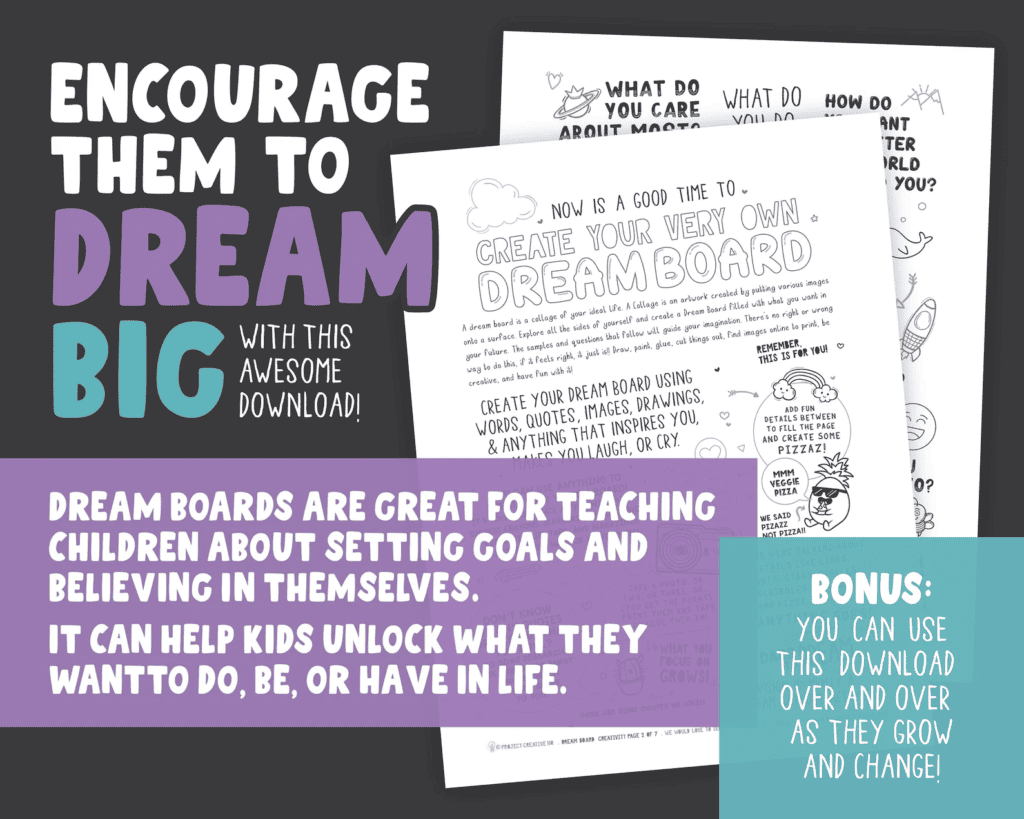
Encourage kids to enhance their reading skills while fostering self-love by reading lists of positive affirmations aloud.
Our positive affirmation poster is filled with empowering words that inspire and uplift, helping kids develop a positive mindset and build resilience.
28. Read Everything!
Encouraging elementary students to read everything around them is another one of those dynamic and immersive summer reading activities that expands their literary horizons.
By cultivating an awareness of the written material that surrounds them in their daily lives, children develop a deeper appreciation for the power of language and the abundance of reading opportunities that exist beyond traditional books.
Engaging with a diverse range of text broadens their vocabulary and gain exposure to different writing styles. This exposure helps them develop their reading comprehension skills as they interpret and understand the information presented in different formats.
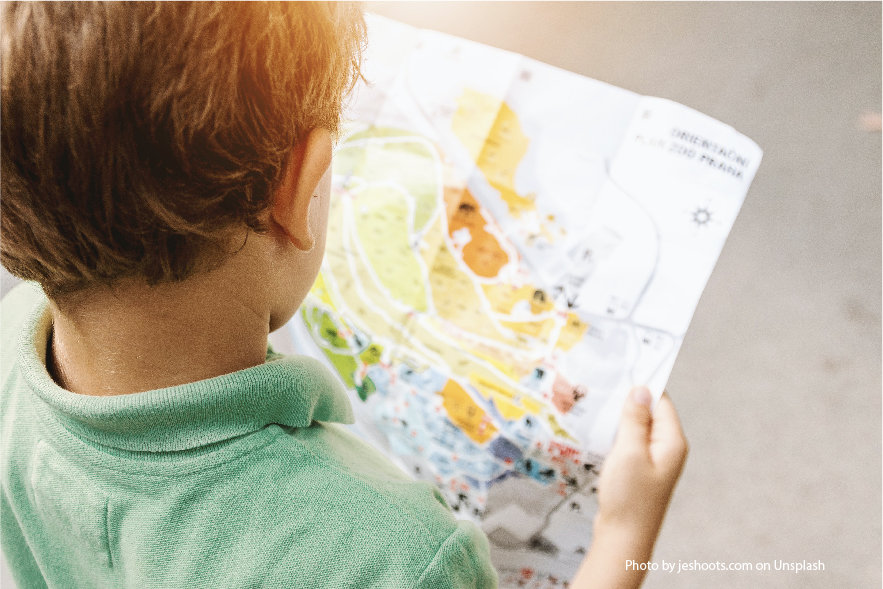
Through this engaging activity, kids encounter a diverse array of texts, such as:
🚸 Street signs
🛒 Labels at the grocery store
♟ Instructions for games and activities
🍽 Menus
🔖 Brochures
🪪 Business cards
🖼 Movie posters
🗺 Maps
Each encounter presents a chance to engage with different writing styles, expand vocabulary, and build reading comprehension skills.
By deciphering and interpreting information in various formats, children sharpen their critical thinking abilities and enhance their understanding of real-world applications of reading.
This is one of those easy summer reading activities elementary students are captivated by. They often don’t even realize how much they’re learning because they’re having such a good time.
29. Activity Books for the Win
When it comes to summer reading activities for elementary students, activity books that inspire creativity are always a good choice.
These types of books offer more than just reading directions – they provide a gateway to critical thinking, idea generation, and follow-through, all wrapped in a bundle of fun.
Within the pages of activity books, children have the opportunity to enhance their writing skills. By completing various fun activities, from drawing to filling in blanks or writing short stories, they not only refine their penmanship and letter formation but also strengthen their overall writing abilities.
Here are some outstanding activity books for elementary-aged kids:
Let these remarkable activity books accompany your child on a journey of discovery and joy, where learning and fun go hand in hand.
Discover Our Exciting Activity Book for Kids
Hours of fun and purposeful learning await your elementary child!
We love activity books so much that we decided to create our very own that’s truly something special.
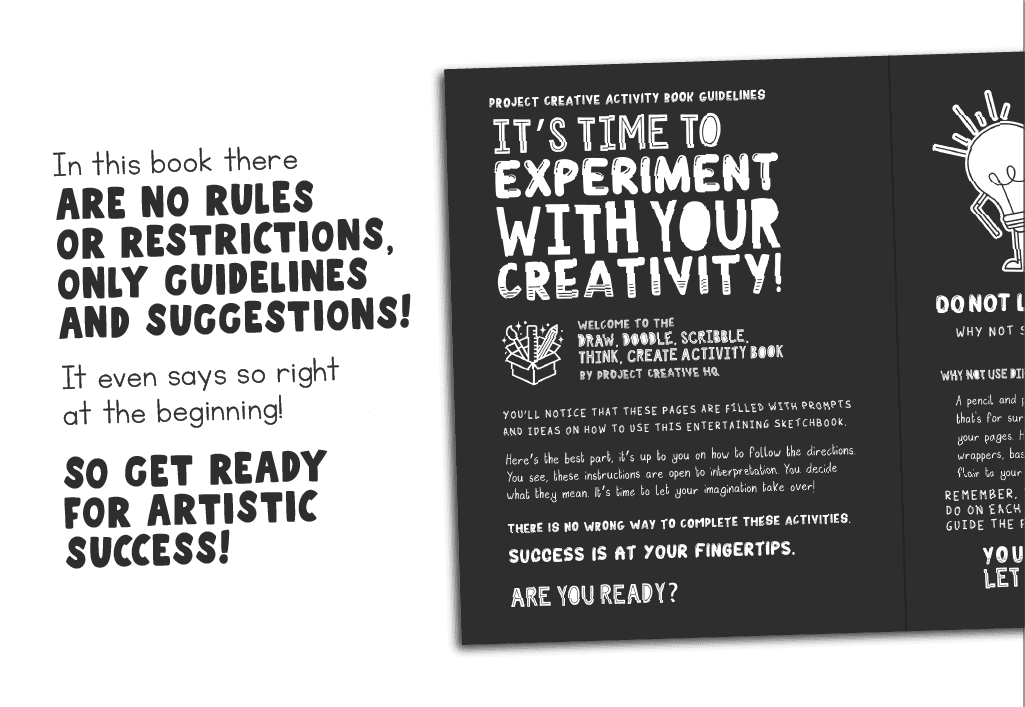
Our carefully crafted masterpiece: the Draw Doodle Scribble Think Create Activity Book was born out of our collaborative efforts.
Together we, a Montessori teacher and a creative designer, brought to life this remarkable 100+ page activity book with eye-catching images and engaging prompts. It’s a testament to our commitment to providing purposeful and engaging learning experiences for elementary children.
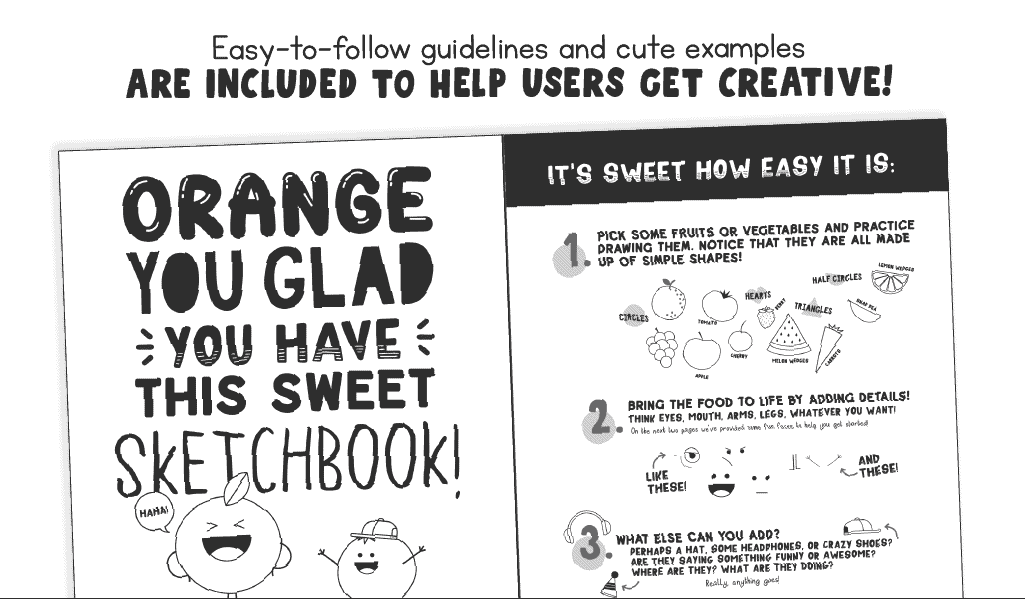
Designed to captivate and inspire, the Draw Doodle Scribble Think Create Activity Book is a boundless source of imaginative exploration, seamlessly blending reading, hands-on activities, and limitless possibilities.
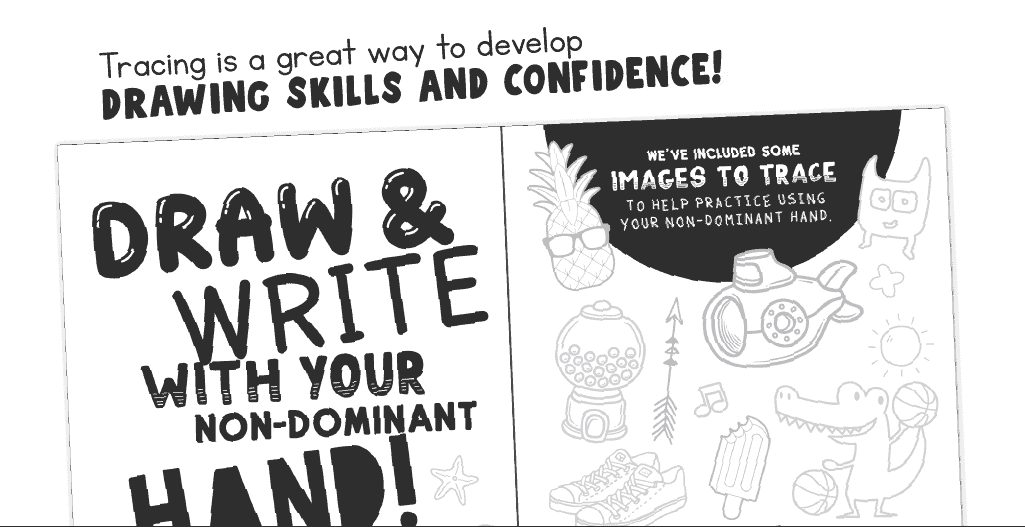
Learn more about our activity book in this detailed article: Your Kids Need This Activity Book with Unique Drawing Prompts (+ Free Printable Activity!).
This summer, get your kids to dive into the world of activity books, and watch as their imaginations soar, their writing skills flourish, and their love for reading grows. It’s a win-win for both learning and fun in the realm of summer reading activities for elementary kids.
30. Enjoy Screen time With Subtitles On and Sound Off
Pair the enjoyment of watching their favourite shows, movies, or educational YouTube channels with the opportunity to enhance their reading skills in a fun and interactive way by watching with subtitles on and sound off.
Watching programs with subtitles on and sound off is an unconventional yet highly effective approach to promoting reading fluency.
As children read the subtitles while following the visual storyline, they develop their reading speed and accuracy. They learn to quickly recognize words and comprehend their meanings in the context of the program.
Watching programs with subtitles also helps expand vocabulary and language comprehension. Subtitles expose children to a wide range of words, phrases, and expressions that may be new to them.
It also introduces them to different sentence structures and idiomatic expressions, contributing to their language development and improving their comprehension skills.
Incorporate subtitles into your child’s screen time this summer to provide an engaging platform for them to practice reading, expand their knowledge, and develop a love for diverse stories and cultures.

📺 Teacher Tip: Enhance their viewing experience with these programs!
Here are some recommended programs to watch with subtitles on and sound off as part of summer reading activities for elementary kids:
🌿 Nature documentaries
🎞 Animated movies
😆 Sitcoms
🎨 Art and craft demonstrations
🧪 Science documentaries
🏈 Sports highlights
🥘 Cooking and baking shows
With subtitles, children can embark on exciting adventures, broaden their horizons, and develop crucial reading skills, all while enjoying their favourite programs.
31. Tell Them About the Books You Love
Sharing the books you love with your elementary-aged children makes for a powerful addition to your list of summer reading ideas for elementary students.
By opening up about your favourite books, whether from your childhood or current reads, you have the opportunity to ignite curiosity, broaden literary horizons, and create meaningful connections with young readers.
Sharing the books you love makes you a reading role model for your children. Express your excitement, discuss your reading habits, and share the impact these books have had on you to inspire them to see reading as a pleasurable and enriching activity.
Moreover, when you share the books you love, you offer a glimpse into your reading experiences and interests. By sharing stories that resonate with you and explaining why they are special, you invite children to learn more about you and your passions.
📖 Here are some books we love!
From timeless classics to insightful self-help, these literary gems have enriched our minds and hearts and sparked meaningful conversations with the elementary-aged kids in our lives.
Share the books you love during the break and make summer reading activities for elementary students a special bonding experience.
Engage in Summer Reading Activities Kids Will Love!
Studies have shown that students who don’t engage in reading during the summer months can experience the ‘summer brain drain‘ and lose some of the gains they made during the school year.
That’s why it’s crucial to provide elementary students with engaging and interactive reading activities during the summer break that they will actually enjoy doing. Not only will this help prevent the summer slide, but it will also show kids that reading comes in many different forms.
We love using summer reading activities elementary students love because they:
💡 enrich and expand a child’s knowledge base;
💡 develop language skills;
💡 promote the use of imagination and creativity;
💡 provide emotional and cognitive development;
💡 encourage independent learning and self-discovery;
💡 are opportunities for personal and social growth;
💡 prepare them for the school year ahead;
💡 make reading really fun!

Beat Summer Brain Drain with Summer Reading Activities for Elementary Kids
The summer brain drain, also known as summer learning loss or the summer slide, is a phenomenon where students experience a decline in academic skills and knowledge over the summer break.
This is especially prevalent in areas such as reading and math, where consistent practice and reinforcement are essential for building and retaining skills. Without the structure and routine of the school year, students may become less engaged in learning and miss out on opportunities for intellectual stimulation.
The summer brain drain can have a long-term impact on a student’s academic success. It is important for parents and educators to be aware of this phenomenon and take steps to prevent summer learning loss by providing engaging learning opportunities during the summer months.
Don’t let the summer brain get ahold of your child! Make sure some of the outlined summer reading activities for elementary kids are a part of your child’s summer plan.
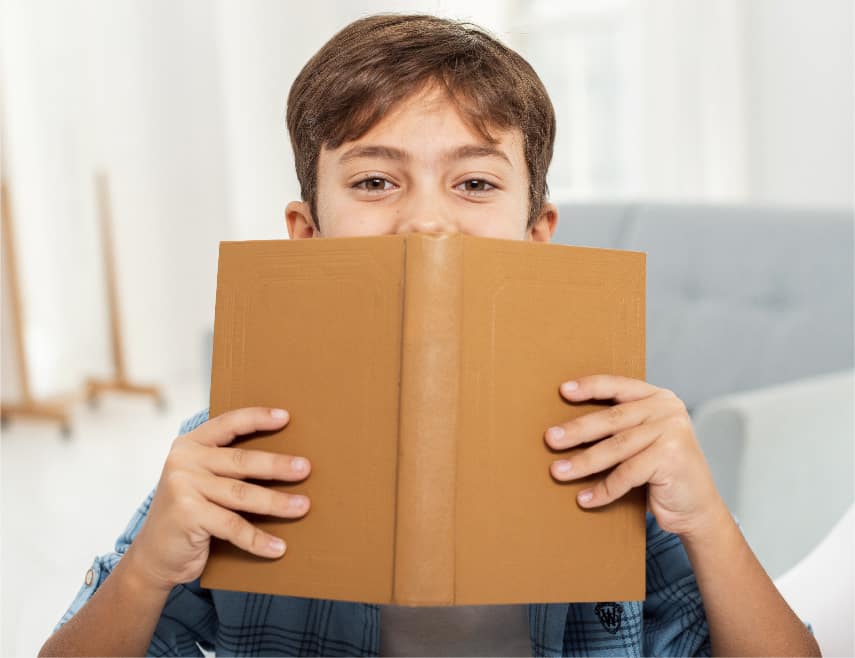
The Wrap-Up: Fun Summer Reading Activities Elementary Students Will Love
Summer reading activities for elementary students are an incredible way to keep their minds engaged, foster a love for reading, and promote continuous learning during any break from the classroom.
By incorporating some of the activities listed into their summer routine, you can create a fun and enriching environment that sparks their imagination, expands their knowledge, and develops essential literacy skills.
Encourage your elementary kids to explore captivating stories, embark on literary journeys, and try new ways of enhancing their reading skills.
📰 Have You Read These Blogs Yet?
🎯 15 Benefits of Using Games in the Classroom
👀 How to Make a Scavenger Hunt for Kids in 9 Steps
🏃🏽♂️The Best Neighborhood Walk Scavenger Hunt and 13 Different Ways to Use It
🧩 8 Easy Rebus Puzzles (with Answers!)
🔎 Rebus Puzzles for Kids: A Comprehensive Riddle-Solving Guide
📝 11 Ways to Use Our Roll A Story Dice Game
🎲 15 Educational Games With Three Dice for Kids
💡 Your Kids Need This Activity Book with Unique Drawing Prompts
🔢 21 Fun Math Games with Dice to Try With Kids 8-12
💬 11 Unique Vocabulary Development Activities for the Elementary Level
🧮 9 Montessori-Aligned Math Activities for Elementary Students
✨ Unlinked images in this blog were brought to you by “www.freepik.com“✨


